Div (they/them)
Div is an art maker whose practice traverses and reroutes timelines and bloodlines, towards a trajectory of unapologetic queer coloured futurism. Their work centers at the dravid body and extends into photography, performance, sculpture and more. Notable projects include collaborative performance series Contemplation/Reclamation (2018-present).
Esther Lu 呂岱如 (she/her)
Esther is a curator and writer with a background in literature, art history, activist and curatorial studies. She is interested in formulating conceptual ways of seeing and discursive events crossing art and reality. Many of her projects focuses on interplays of sensibility, body, institution and memory, driven by the curiosity to explore human conditions, boundaries of knowing and how art embodies and exceeds our imagination to address various concerns toward humanity, culture and relevances of life. Esther was the director of Taipei Contemporary Art Center from 2015 to 2107, and the curator of This is not a Taiwan Pavilion — collateral event in the 55th Venice Biennale in 2013.
ila (she/her)
ila is a visual and performance artist who works with found objects, moving images and live performance. With light as her medium of choice, ila weaves imagined narratives into existing realities. Using her body as a space of tension, negotiation and confrontation, ila creates work that generates discussion about gender, history and identity in relation to pressing contemporary issues. She seeks to create alternative nodes of experience and entry points into the peripheries of the unspoken, the tacit and the silenced.
ilailaila.weebly.com
Irwan Ahmett (he/him) and Tita Salina (she/her)
Irwan Ahmett and Tita Salina are Jakarta-based artists. Their initial works focused on the issue of urban public space. As vagabond cosmopolitans they have participated in residency programs in Japan, New Zealand, Taiwan, the Netherlands, Poland and Singapore. They also participated in biennials and series of projects and exhibitions in Taiwan, Indonesia, Thailand, Australia, US, several cities in Japan and Europe. They utilize their high mobility as the primary vehicle in their art practice. Their long-term project reflects the geopolitical clashes in the Ring of Fire in the Pacific Rim and has encouraged their works to be connected with more complex issues relating to humanity, injustice and ecology. In 2019, they were funded by Arts Network Asia for the annual walking project and exhibition of “Pilgrimage to the North (Ziarah Utara)”.
Johann Yamin (he/they), soft/WALL/studs
Johann works across video, the internet, and installation; he is also involved with curatorial work, acts of support, and writing. His topics of interest include new media technology, optics, affect, cinema, video games, and media histories. He is a node within the entanglement, soft/WALL/studs. His projects and short films have been presented in Singapore and New York.
johannyamin.com
Kamiliah Bahdar (she/her), soft/WALL/studs
Kamiliah has curated numerous exhibitions and projects, including in more recent years Nyanyi Sunyi: Songs of Solitude (2018, Gillman Barracks with Syaheedah Iskandar), State of Motion: Sejarah-ku (2018, Asian Film Archive), and Merayakan Murni (“Celebrating Murni”, 2015-2016, Ketemu Projects, Bali). With her current attachment in an educational institution, and entanglement in soft/WALL/studs, she is beginning a new cycle in her curatorial practice.
Lo Shih Tung 羅仕東 (he/him)
Lo’s practice orbits around two different gravities – of his personal artistic pursuit as well as of his interest in collective practice. As a leading member of Open Contemporary Art Center, Lo has been taking a very specific role in navigating potential interactions among cross-cultural perspectives and artistic practices, investigating the force of art that is mobilized and shaped by form, space, model and relation of collaborative process. His individual practice pays attention to fragmented narration and reflection of a contextual setting or environment, operation and composition of the world. Lo has participated in the 2011 Rencontres Internationales Paris/Berlin/Madrid at Centre Georges Pompidou, Paris, and also Une terrible poetique, La Biennale de Lyon.
Luca Lum (she/her), soft/WALL/studs
Luca is an artist, writer, and subcontracted research agent. Her recent interests involve intercalations of time and motifs of the delay and relay; mediated emotions and affects; gothic feminisms; non-singularity; desires with difficult or elusive objects. As a co-founder of the artist-run space soft/WALL/studs, her interests lie in layering alternative structures, networks, and atmospheres within a terrain/site, with an emphasis in expanding an alternative infrastructural base / allied coalitions. Some of her programmes at s/W/s include Xenoctober, Ex-Libris Lib-Errata, and Horizon99. Her projects have been presented at NTU CCA Singapore, Cemeti Institute of Art and Society, Yogyakarta, Indonesia (with soft/WALL/studs, 2018); Yeo Workshop, Ikkan Art Gallery, NUS Museum, Singapore (2016), and LUMA Westbau, Zurich, Switzerland (2015). Lum was Artist-in-Residence at NTU CCA Singapore from April to September 2018. She was also co-editor of the reader CONCRETE ISLAND, with Kenneth Tay. Her background is in literature.
luxerrata.cargo.site
Marcus Yee (he/him), soft/WALL/studs
Marcus is an art worker from Singapore, based in Hong Kong. His practice dwells on tangled histories across various spatial and temporal scales through matter, text, and sound. He is a satellite within the cosmology, soft/WALL/studs and presented Altars for Four Silly Planets (2017) there. He has participated in various workshops, including New Curriculum for Old Questions, Singapore (2020), Workshops for Emerging Art Professionals, Para Site, Hong Kong (2017), and Writing Lab, NUS Museum, Singapore (2013). Previous projects have been shown at ADM Gallery, Nanyang Technological University (2020), and Cemeti Institute of Art and Society, Yogyakarta, Indonesia, with soft/WALL/studs (2018), and The Substation (2016). His writings have appeared in Arts Equator, ArtAsiaPacific, Art Basel Stories, Global Performance Studies Journal, art-agenda, among others.
Norah Lea (she/her)
Norah is a multidisciplinary artist whose works investigate the performative aspects of our identities. Her work is rooted in self-portraiture, exploring themes such as gender, sexuality and ethnicity through photography, film, performance and spoken word.
Nurul Huda Rashid (she/her), Bras Basah Open
Nurul is a researcher and visual artist who is currently pursuing her PhD in Cultural Studies in Asia. Her research interests focus on data and images, narratives, visual and sentient bodies, feminisms, and the intersections between them. Her ongoing project, Women in War, is a survey of images of women in war, critiqued through concepts of gender and violence, politics of the visual, and the role of art and the archives as methods. Nurul loves smelling old books and building on her collection of (more) books and plant babies. She hopes to adopt a cat in the future.
nurulh.weebly.com
Okui Lala (she/her)
Okui often employs an autobiographical approach in her practice, which spans photography, video, performance and public engagement. Her work explores themes of diaspora, home and belonging through the performances of domestic acts or vocational labour, such as sewing, cooking, conversing and building. Recent presentations include shows at Yamaguchi Art Centre for Arts and Media (Japan, 2019), Para Site (Hong Kong, 2018), National Art Gallery (Malaysia, 2017) and Saitama Triennale (Japan, 2016), amongst others. She was a recipient of the 2017 Japan Foundation Asia Centre Fellowship Grant for her research on migration, mobilities and identities in Myanmar and Japan. She lives and works in Penang and Kuala Lumpur, Malaysia.
okuilala.com
Rikey Tenn Bun-ki 鄭文琦 (he/him), No Man’s Land, Nusantara Archive Project
Based in Taipei, Rikey is the founder and editor of an online art platform No Man’s Land at Digital Art Foundation, Taipei. He initiated the NML Residency & Nusantara Archive Project (since 2017) as a collaborative platform for artists concerning the shared history and its process of decolonization. He is the nominator for the Taishin Arts Award (2018~2019). His art-related writing can be found in ARTCO magazine. He was one of the speakers for “2019 Spring Dialogue” (2019/5/4~5, Spring Foundation) and Taipei Contemporary Art Center’s “Open Curatorial School” (2015, W4). He is the co-curator of Open Contemporary Art Center’s PETAMU Project (2019). He also co-curated Hari Ini Dalam Sejarah in Malaysia’s DA+C Festival (2015). He is interested in understanding how certain scenes are being invented/appropriated by those who are not formally subsumed into the institutional system, yet able to self-create and assemble themselves as “artists” in today’s art world.
Shawn Chua (he/him), soft/WALL/studs, Bras Basah Open
Shawn is a researcher and artist based in Singapore, whose work engages with embodied archives, uncanny personhoods, and the participatory frameworks of play. He has presented his research at the Asian Dramaturgs’ Network, The Substation, and Performance Studies international (PSi), and his works have been presented under Singapore International Festival of Arts, Esplanade Presents: The Studios, Amorph! Performance Art Festival, Prague Quadrennial and Panoply Performance Laboratory. He holds an MA in performance studies from New York University’s Tisch School of the Arts, and was awarded the National Arts Council (NAC) Scholarship in 2012. He currently teaches at LASALLE College of the Arts and served on the PSi Future Advisory Board.
Sheryl Cheung 張欣 (she/her)
Sheryl Cheung was born in Vancouver, Canada, and currently lives in Taipei, Taiwan. Primarily working between video, sound, and performance, her artistic practice is metabolic and elements respond to each other often through a process of synesthesia. Sheryl’s artistic background in abstract painting and choral music heavily influences her cognitive process. Her work has been shown internationally, including Chronus Art Center, Shanghai; Osmosis Audiovisual Festival, Taipei; Lacking Sound Festival, Taipei; JOLT Arts Festival; and Jeju National Art Museum, Korea, Her performance ‘Inland’ has been nominated for Arte Laguna Art Prize in 2013.
cargocollective.com/sherylcheung
Siddharta Perez (she/they)
Siddharta is a curator who cultivates a research direction on forms of personal agency within legacies we inherit from national history and vernacular culture. Her recent practice is enacted through her work as curator for the South and Southeast Asian Collection of the National University of Singapore Museum. Along with Lian Ladia, Siddharta founded Planting Rice in 2011 as an interdependent platform that made sense of the cross-pollination of ideas, resources and practices that happen between artistic individuals and communities.
Syaheedah Iskandar (she/her)
Syaheedah Iskandar works with vernacular ideas of visuality within Southeast Asia, drawing on contemporary discourses on hyper-visuality and its opposite, the unseen. Her projects aim to unpack knowledge(s) that inform and counter hegemonic systems of seeing. Recent curatorial projects include Between the Living and the Archive (2021), State of Motion 2021: [Alternate/Opt] Realities (2021), and An Exercise of Meaning in a Glitch Season (2020). Syaheedah was the inaugural Emerging Writers’ Fellow for the academic journal Southeast of Now: Directions in Contemporary and Modern Art in Asia and the recipient of the IMPART Awards 2020 (Singapore) in recognition of her emerging curatorial practice. She holds an MA in History of Art and Archaeology at the School of Oriental and African Studies (SOAS), University of London. She was previously Curatorial Assistant at the NTU Centre for Contemporary Art Singapore (2014–18).
Tan Zi Hao (he/him)
Zi Hao is a multi-disciplinary artist who works predominantly in installation and performance art. His works explore the discourses of power within the postcolonial setting and probe the disjuncture in the production and contestation of history. Language, multilingualism, and linguistic ideologies are subjects that inform most of his text-based installations.
tanzihao.net




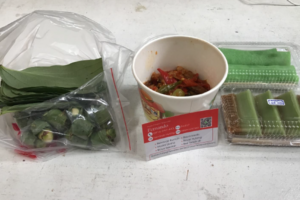
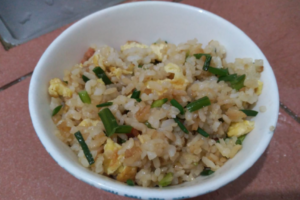
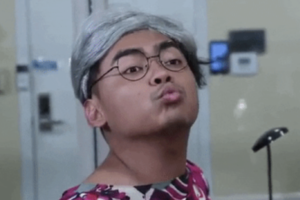
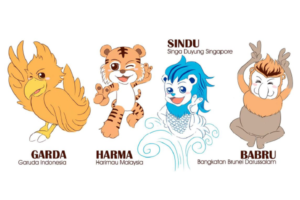
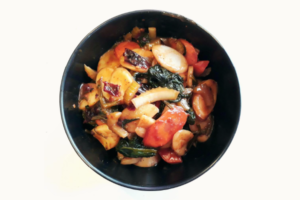
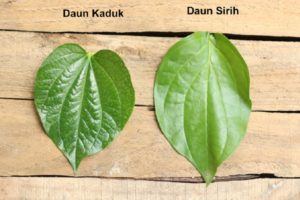
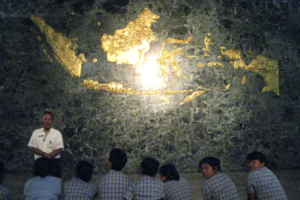
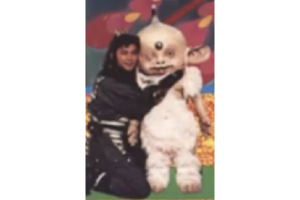
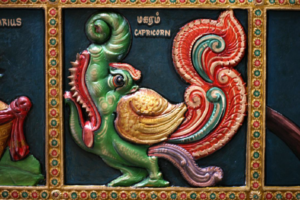
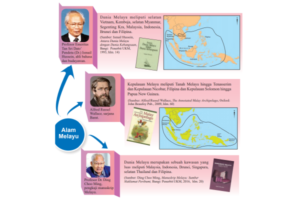
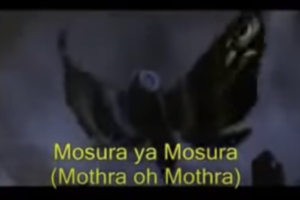
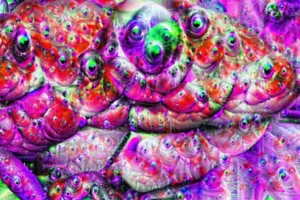
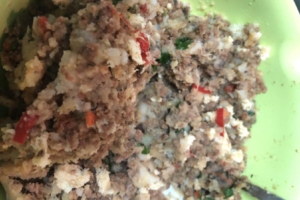
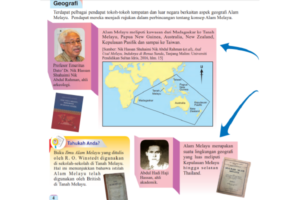
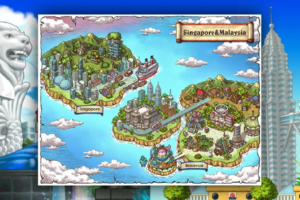
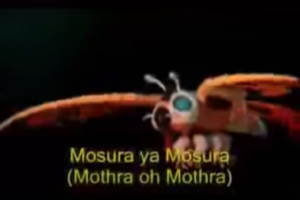
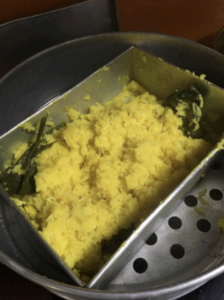

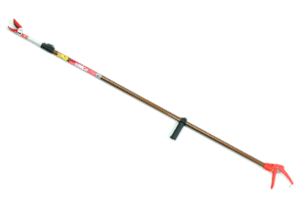
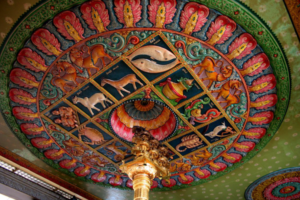
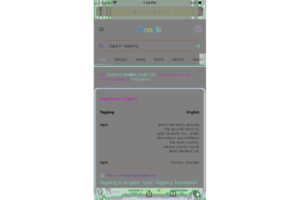
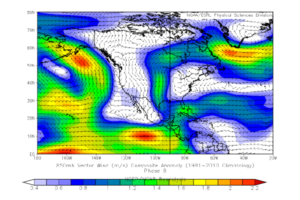



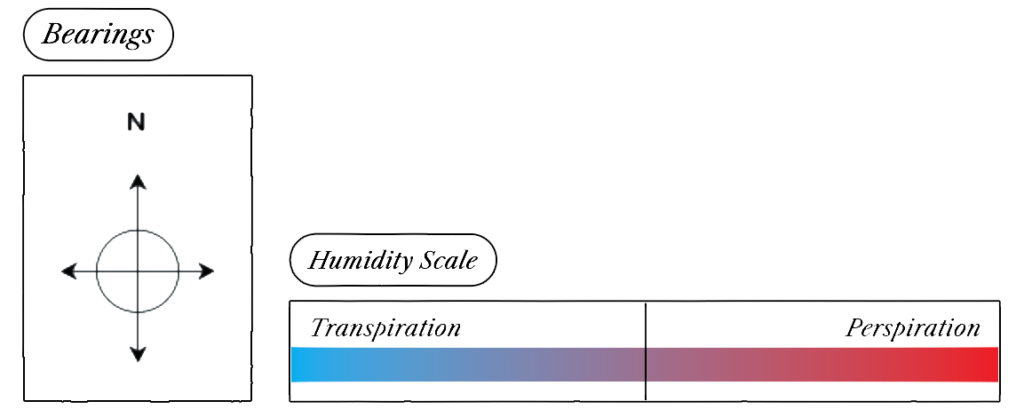

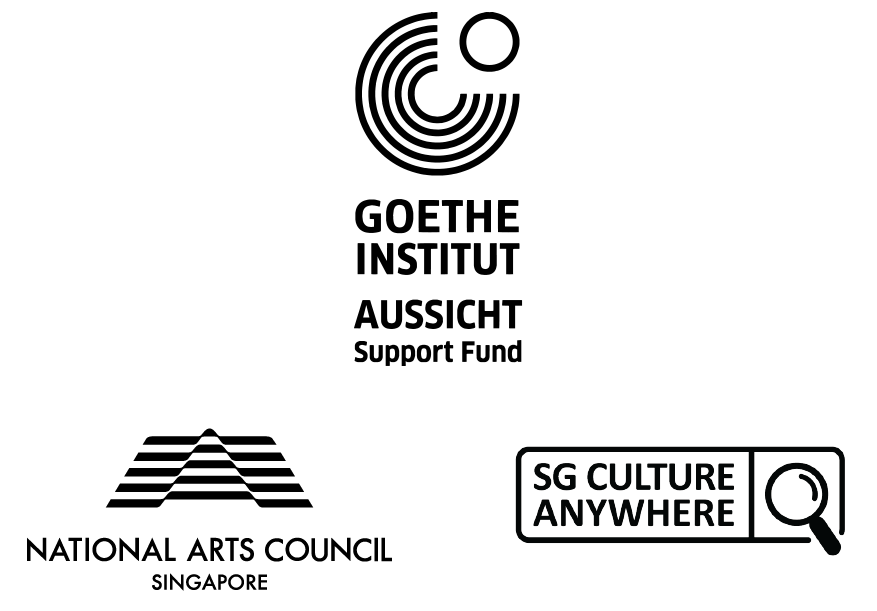
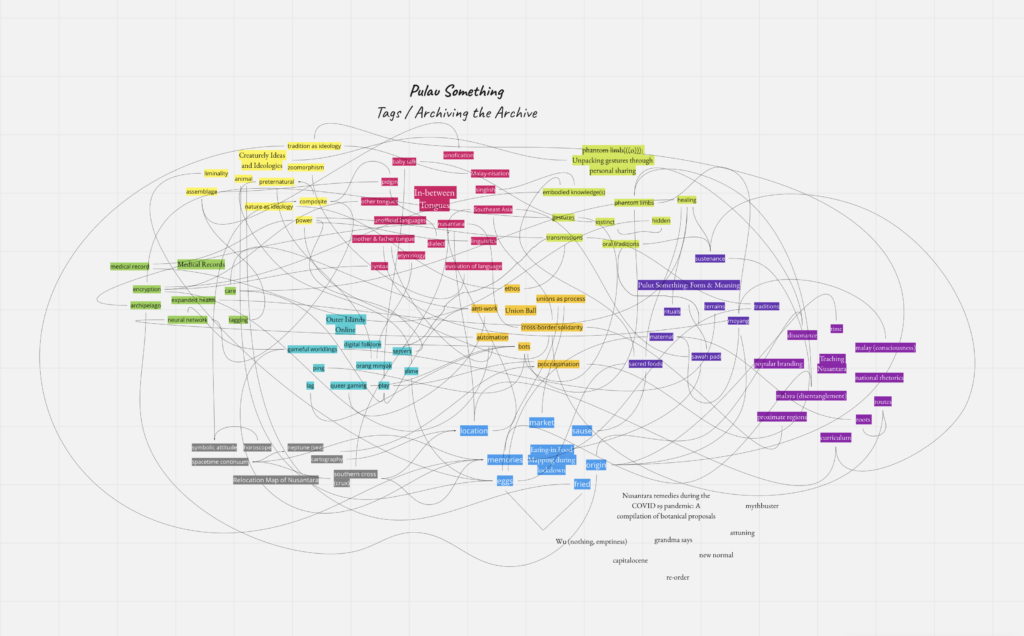


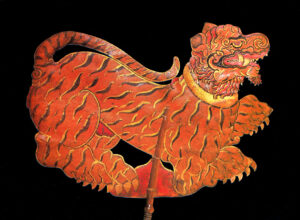

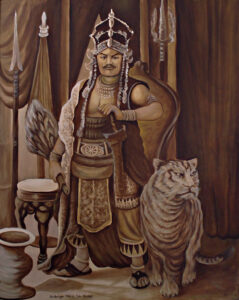
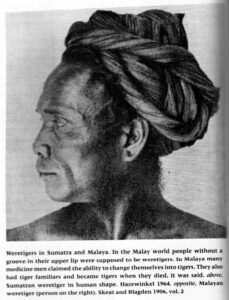
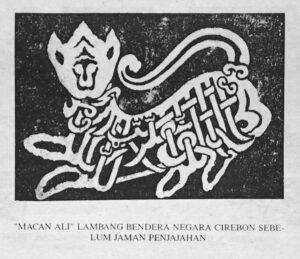
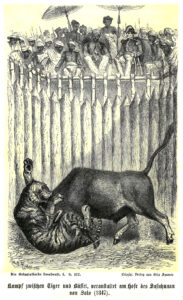
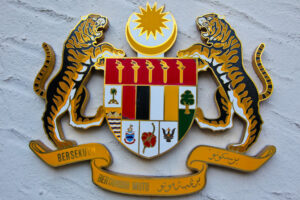
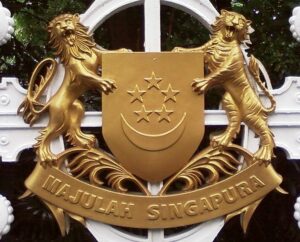
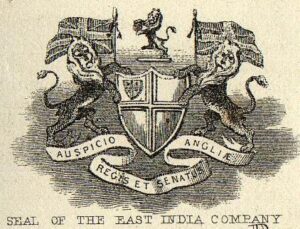
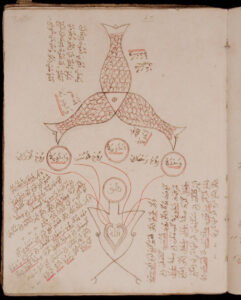
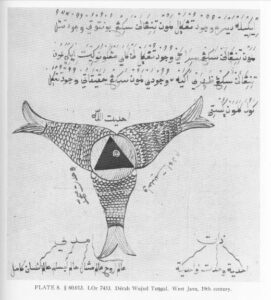
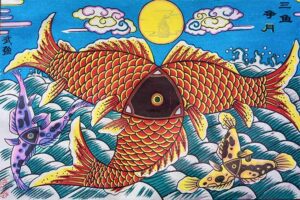
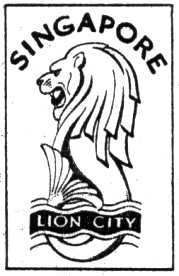

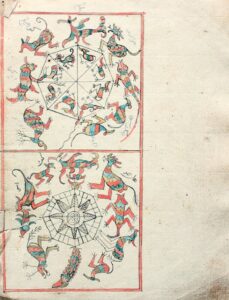
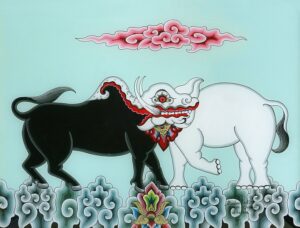

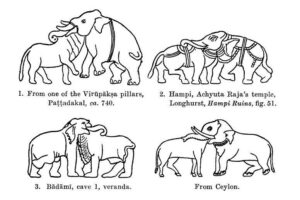

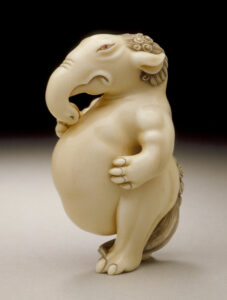
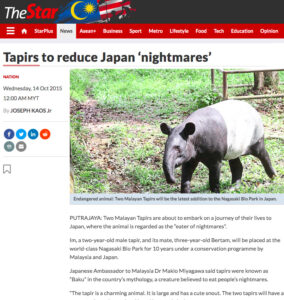
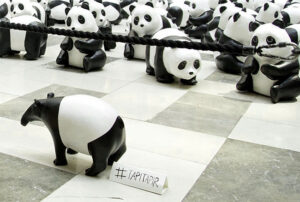
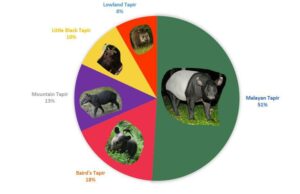
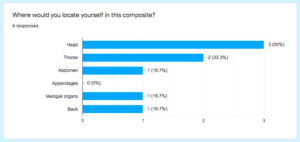
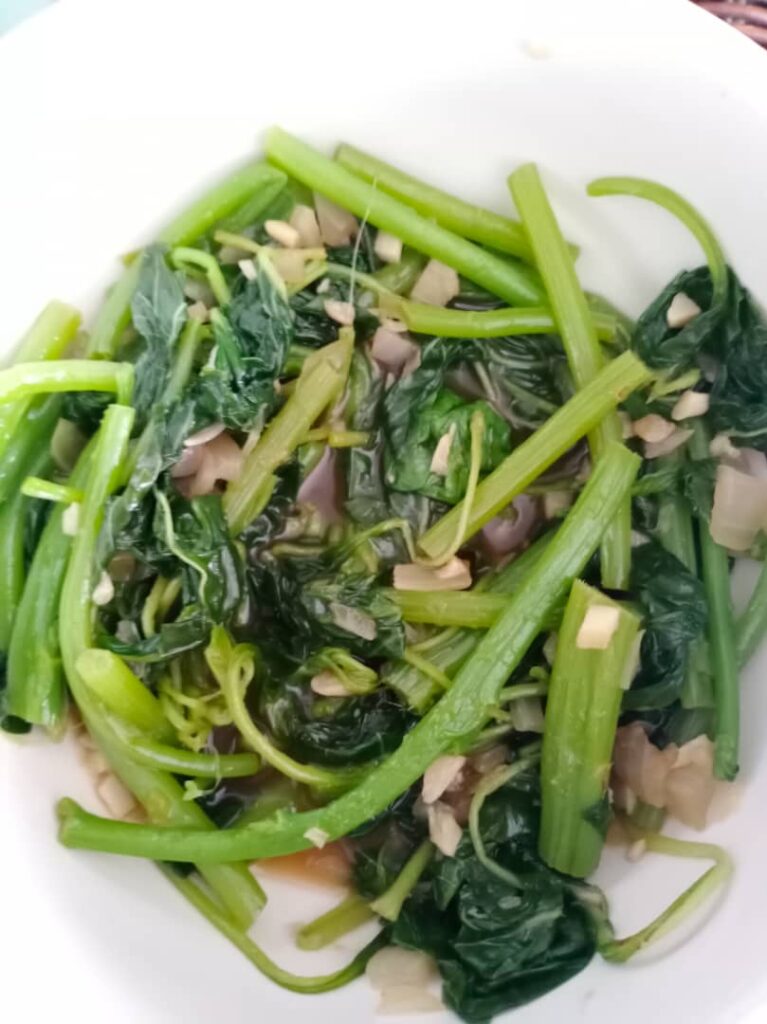
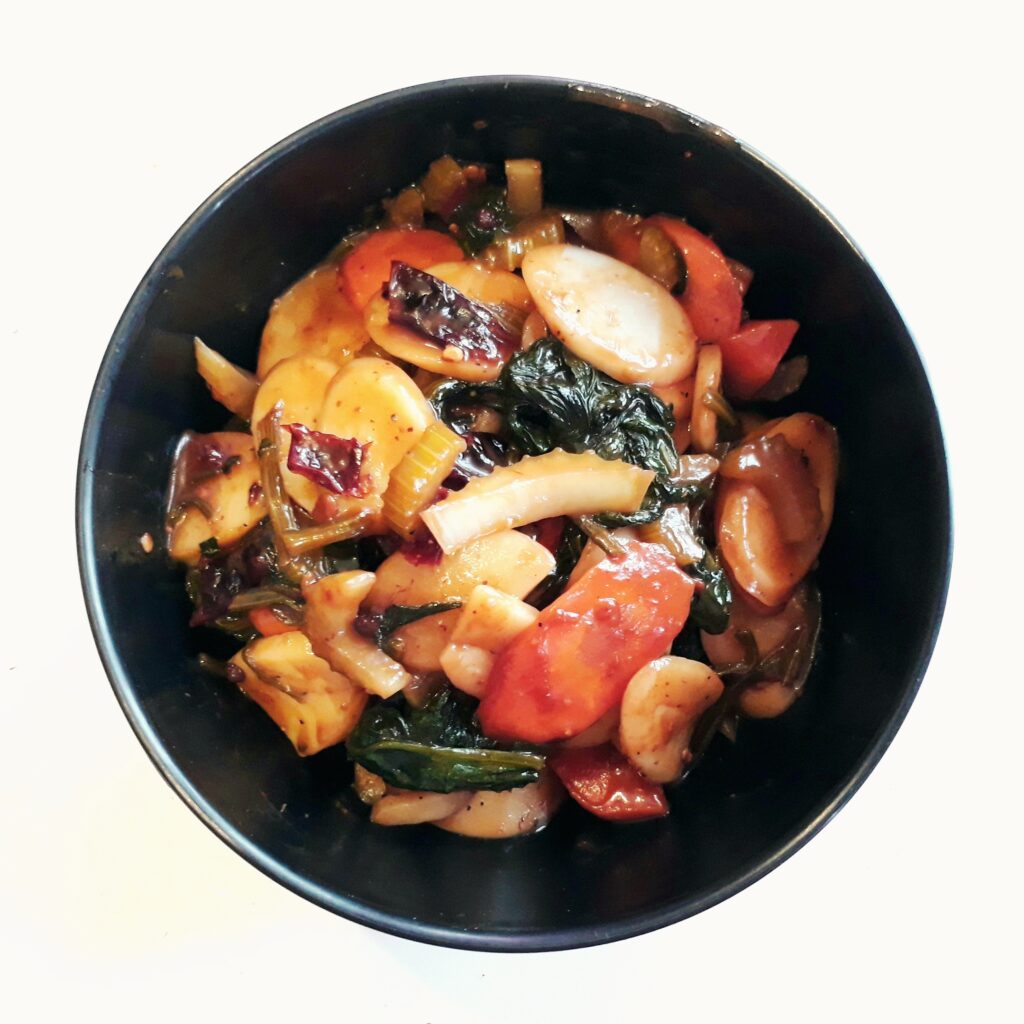

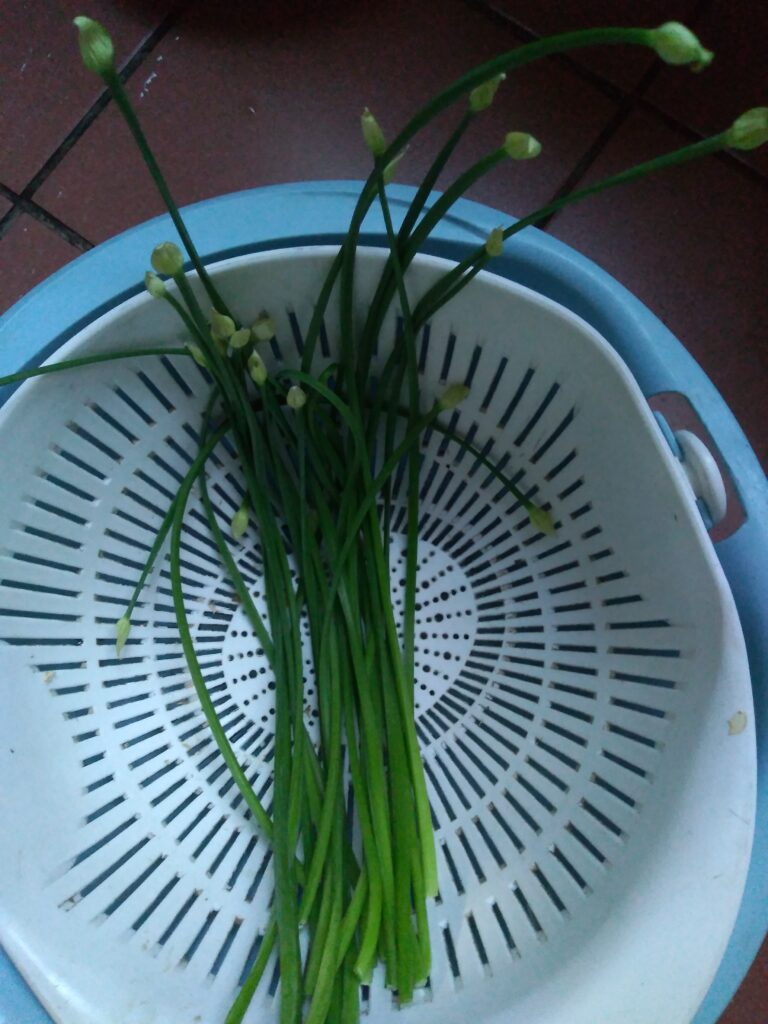

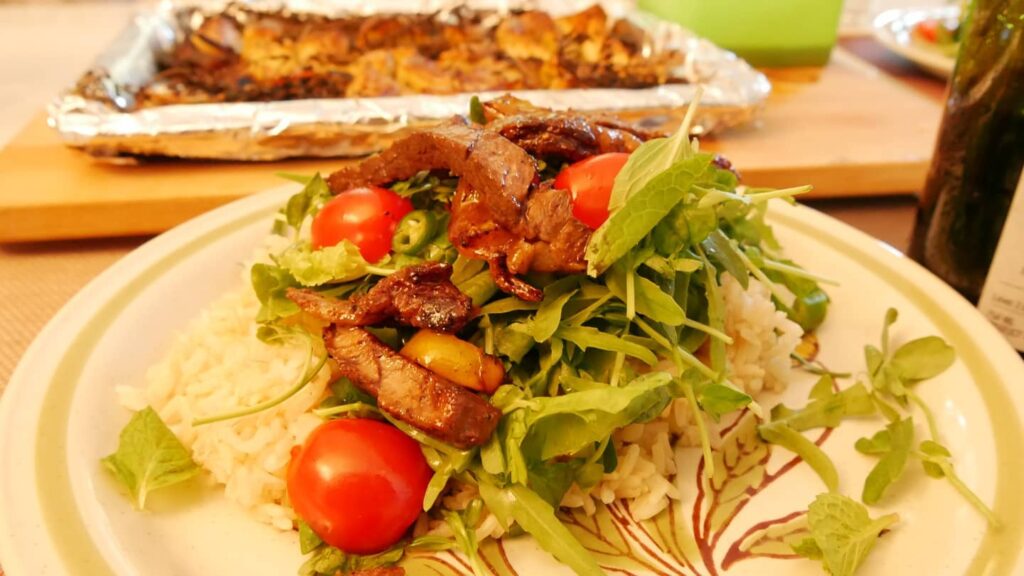


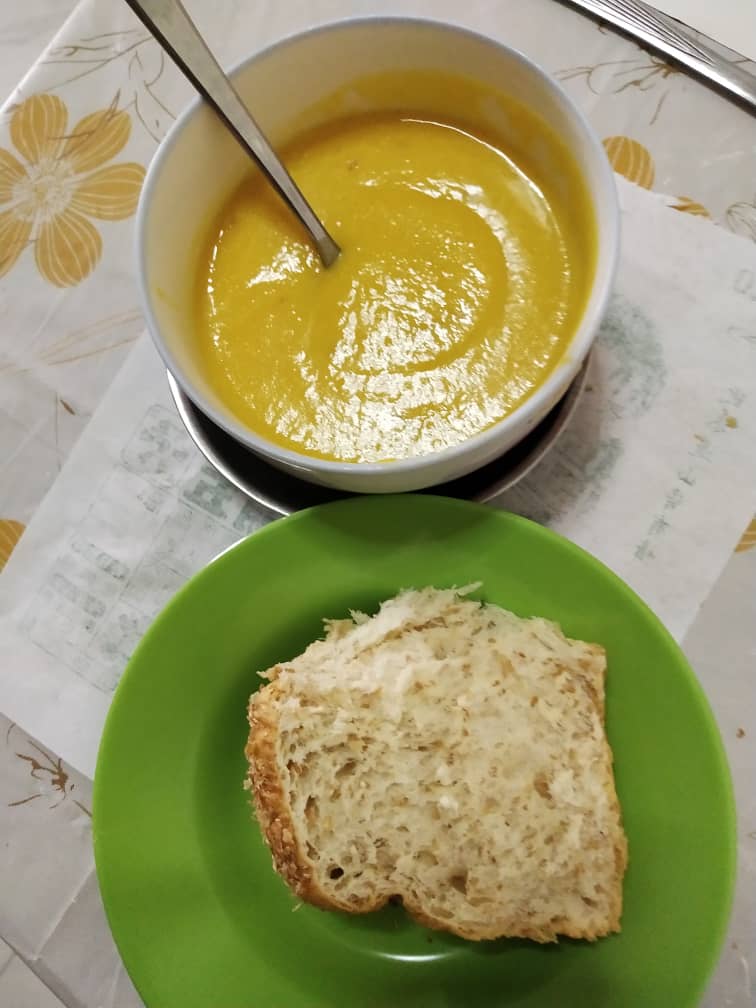

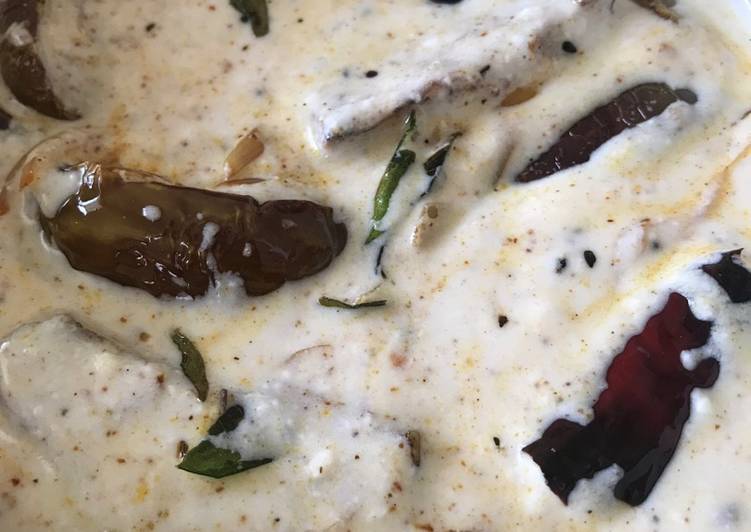
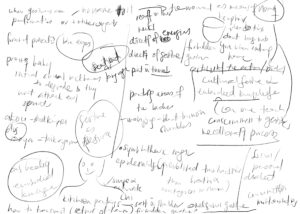
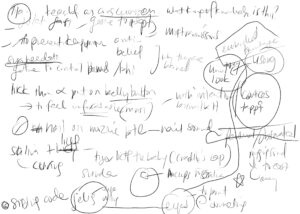
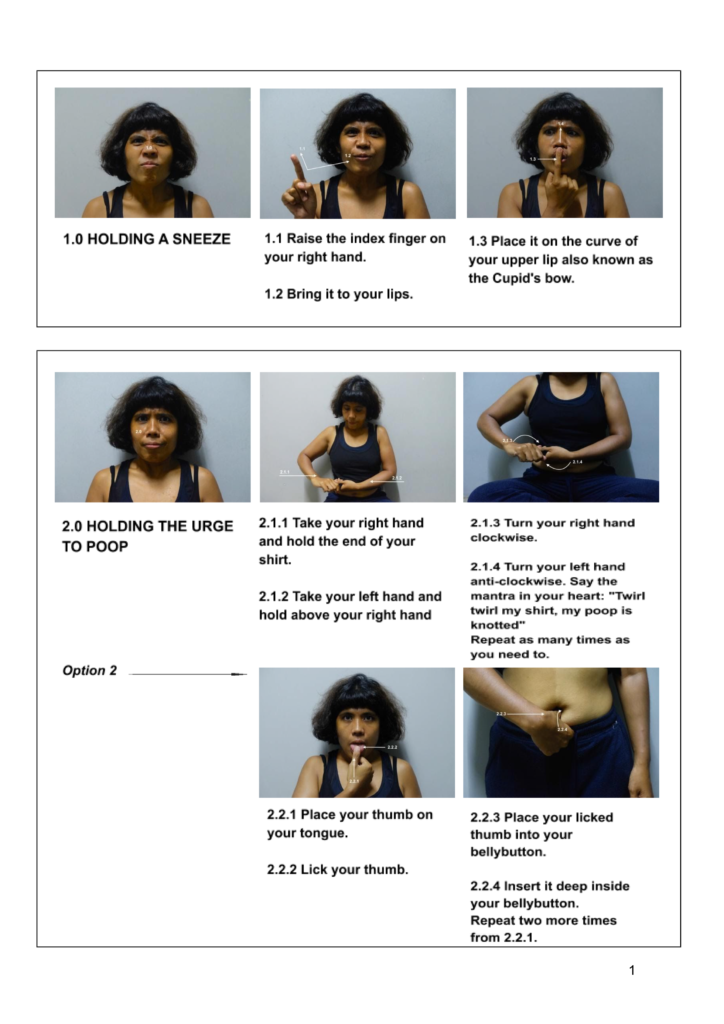

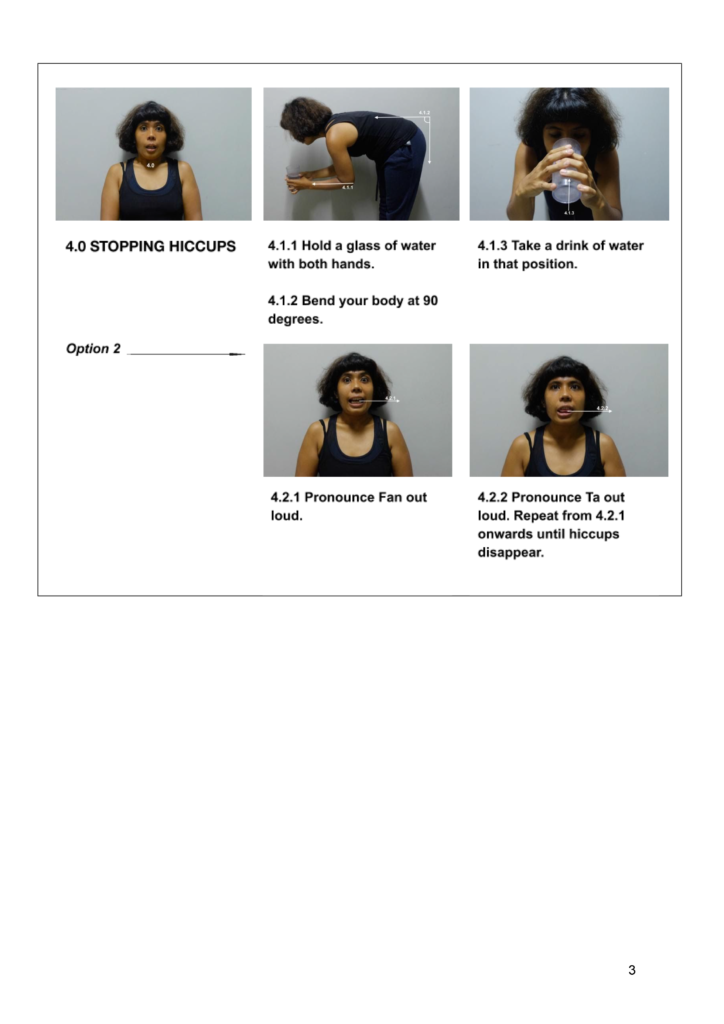
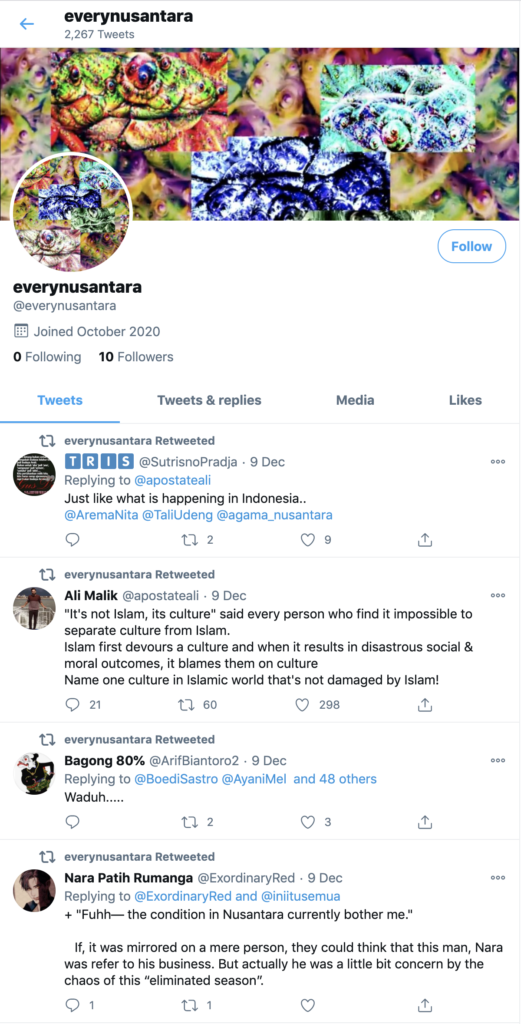
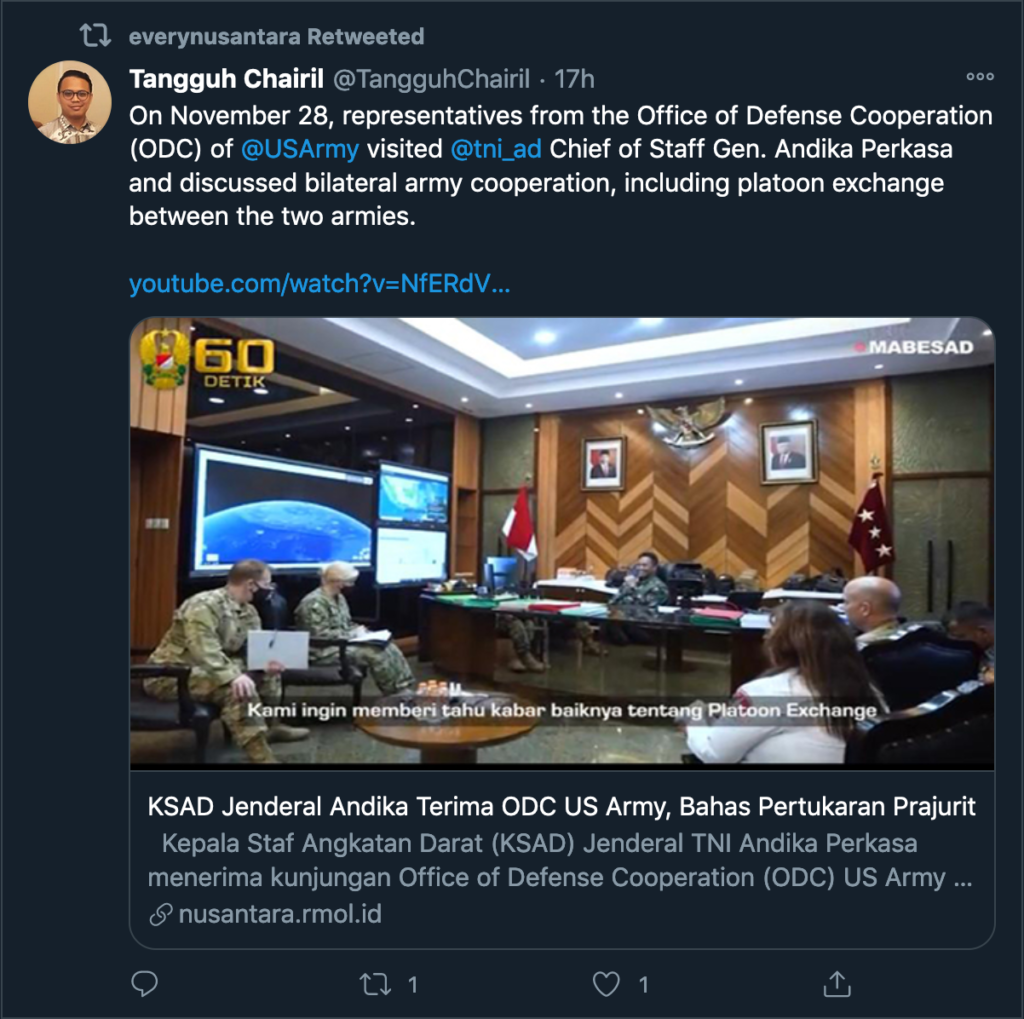
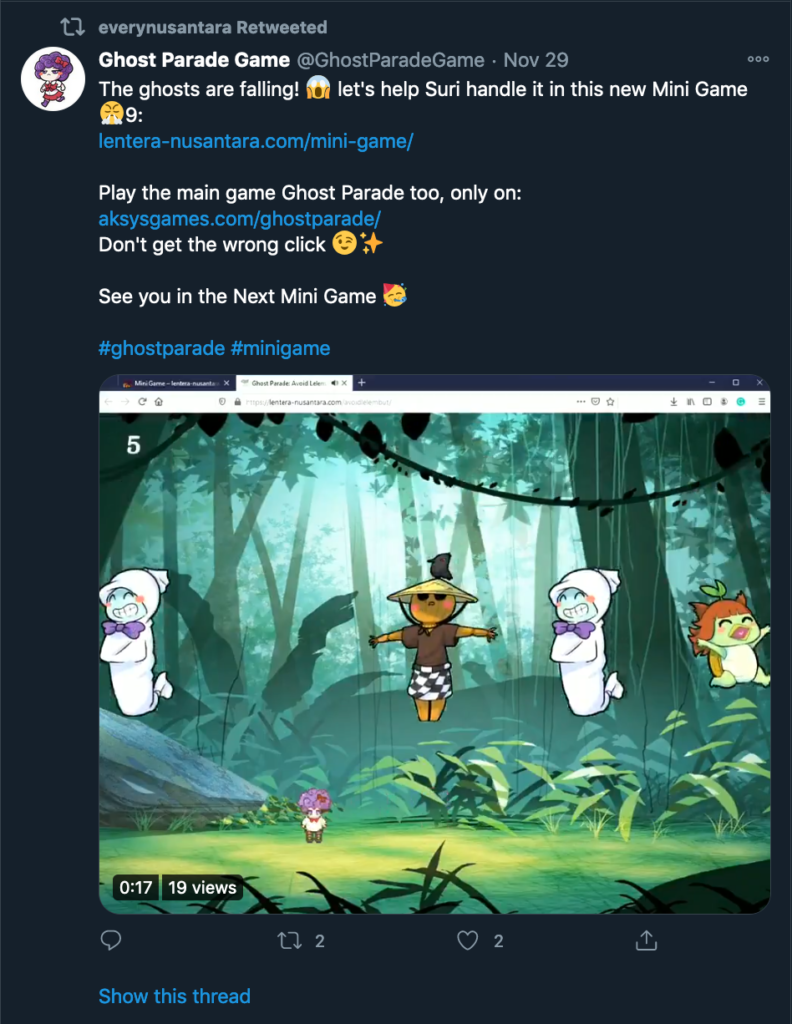


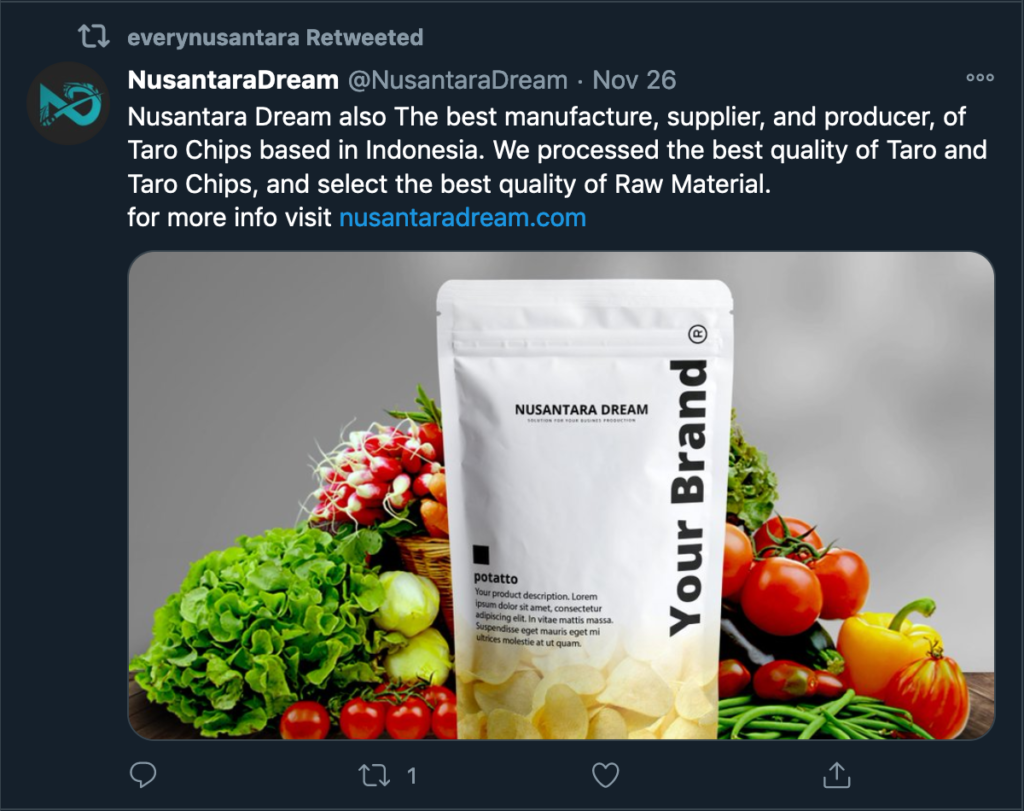

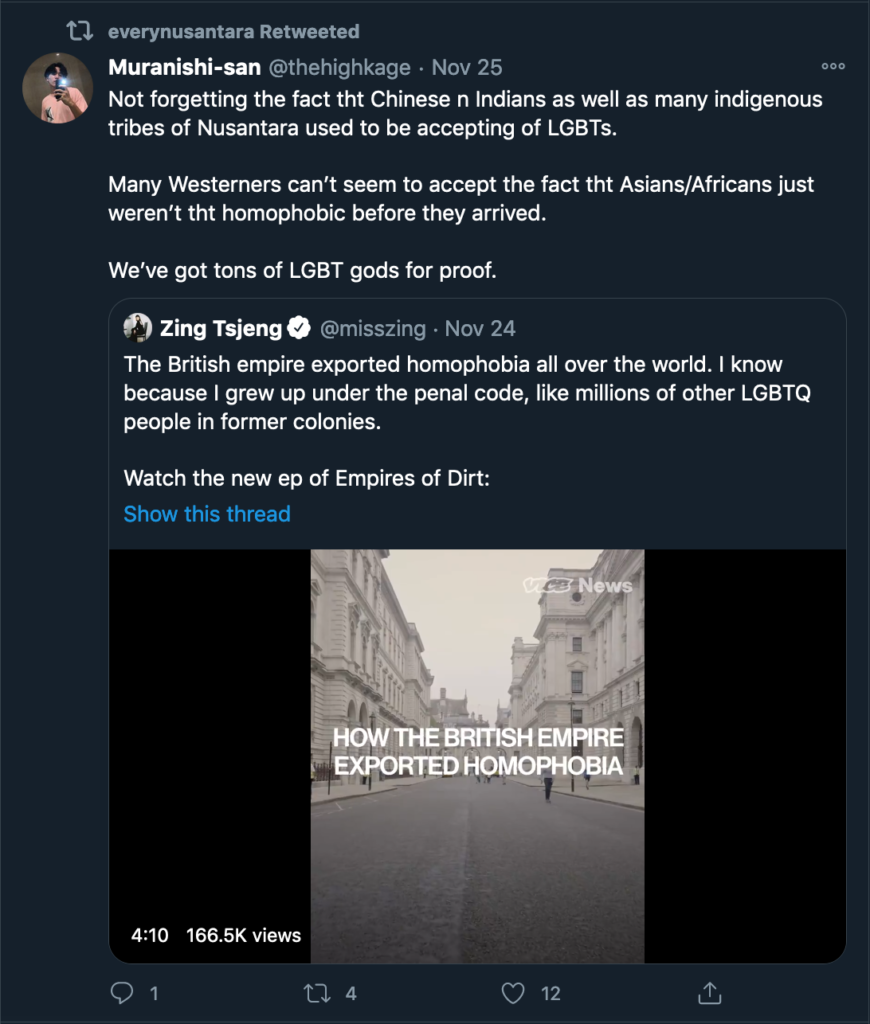
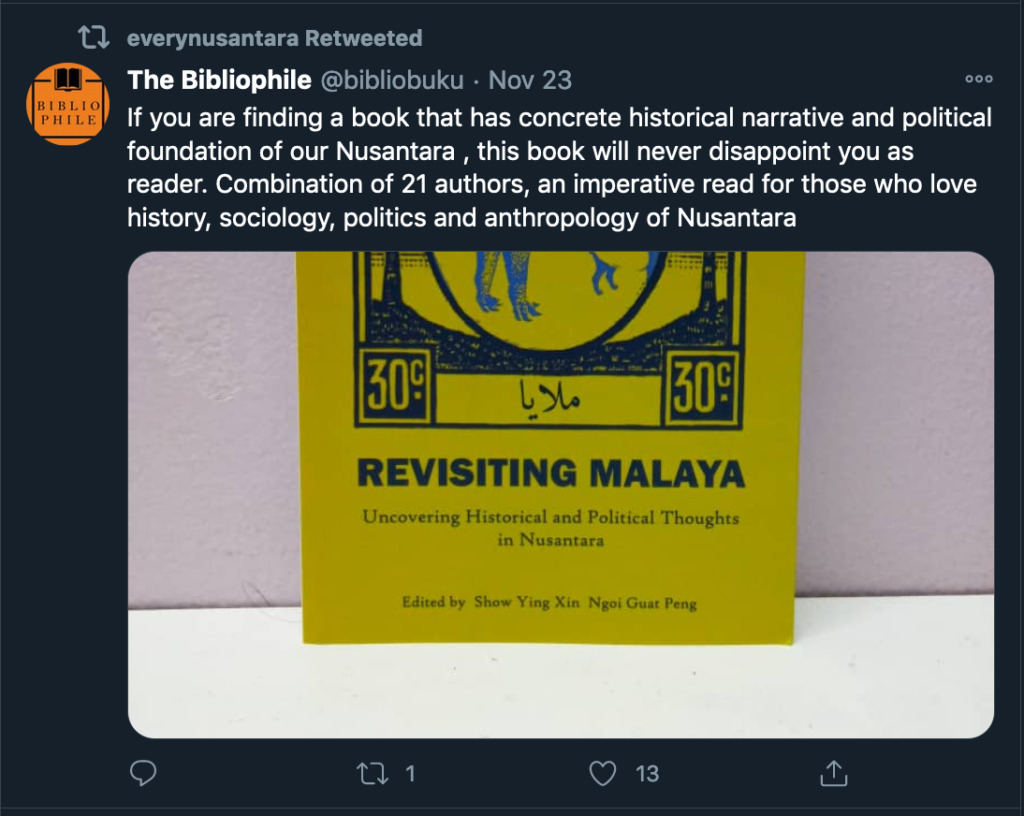
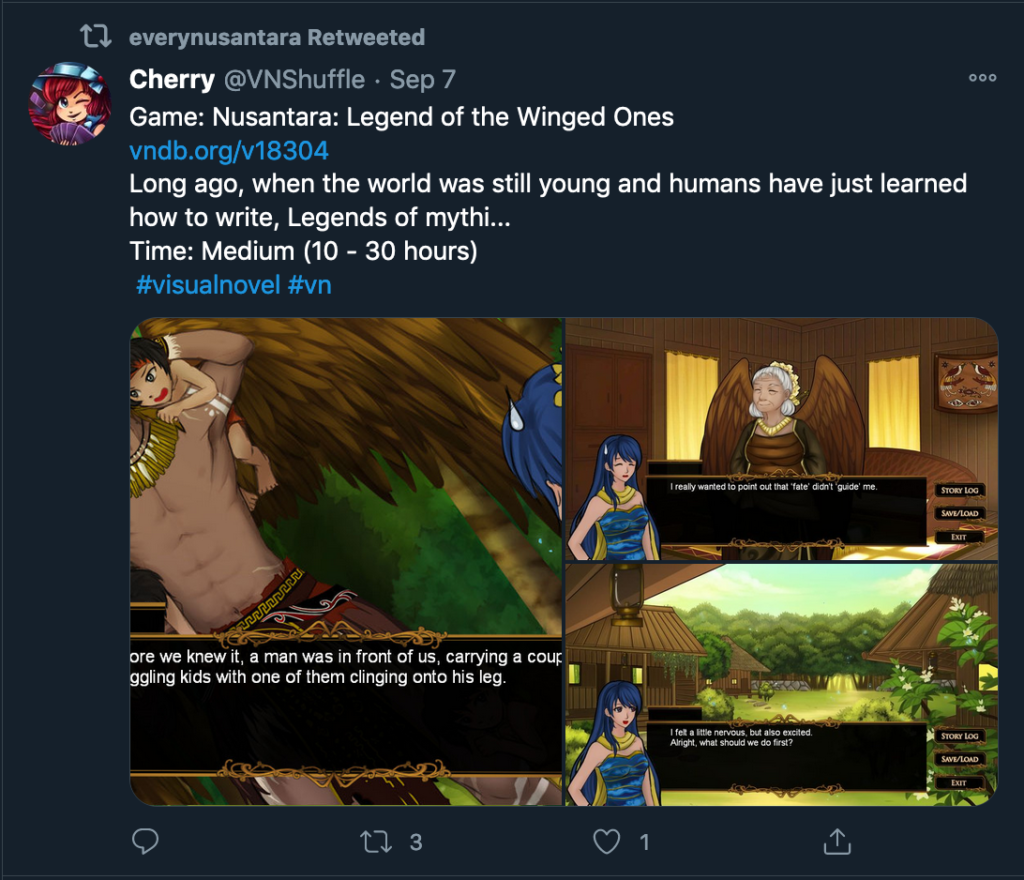
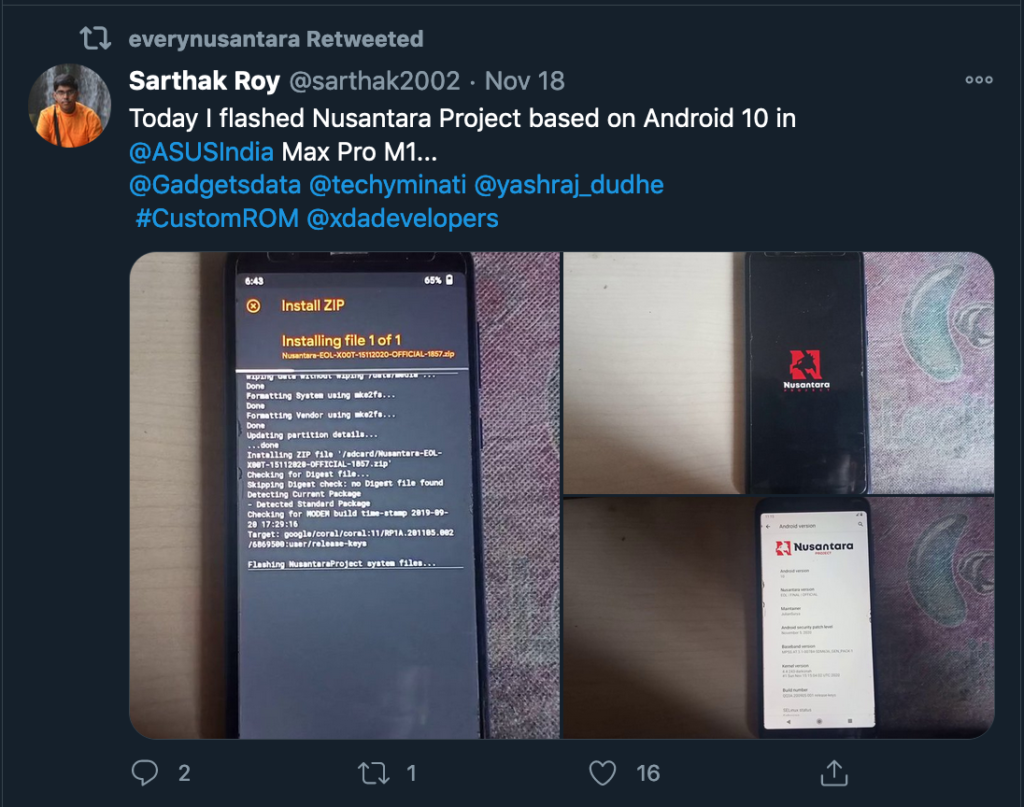
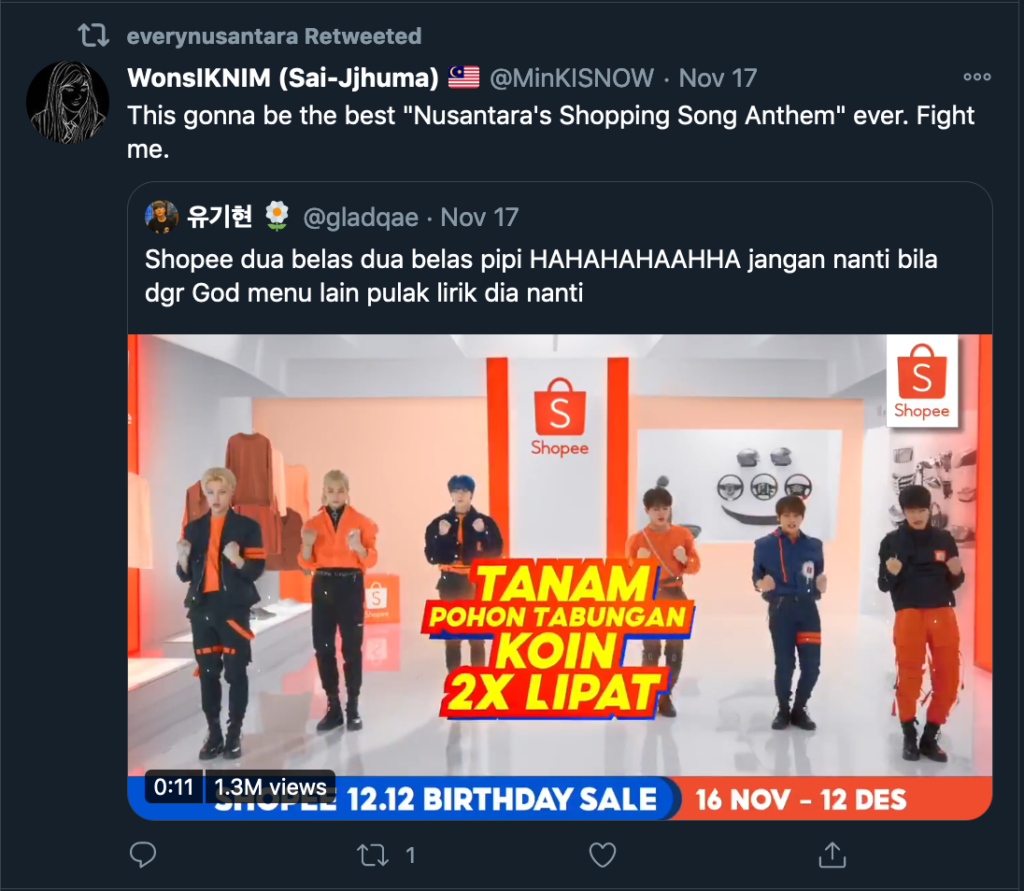
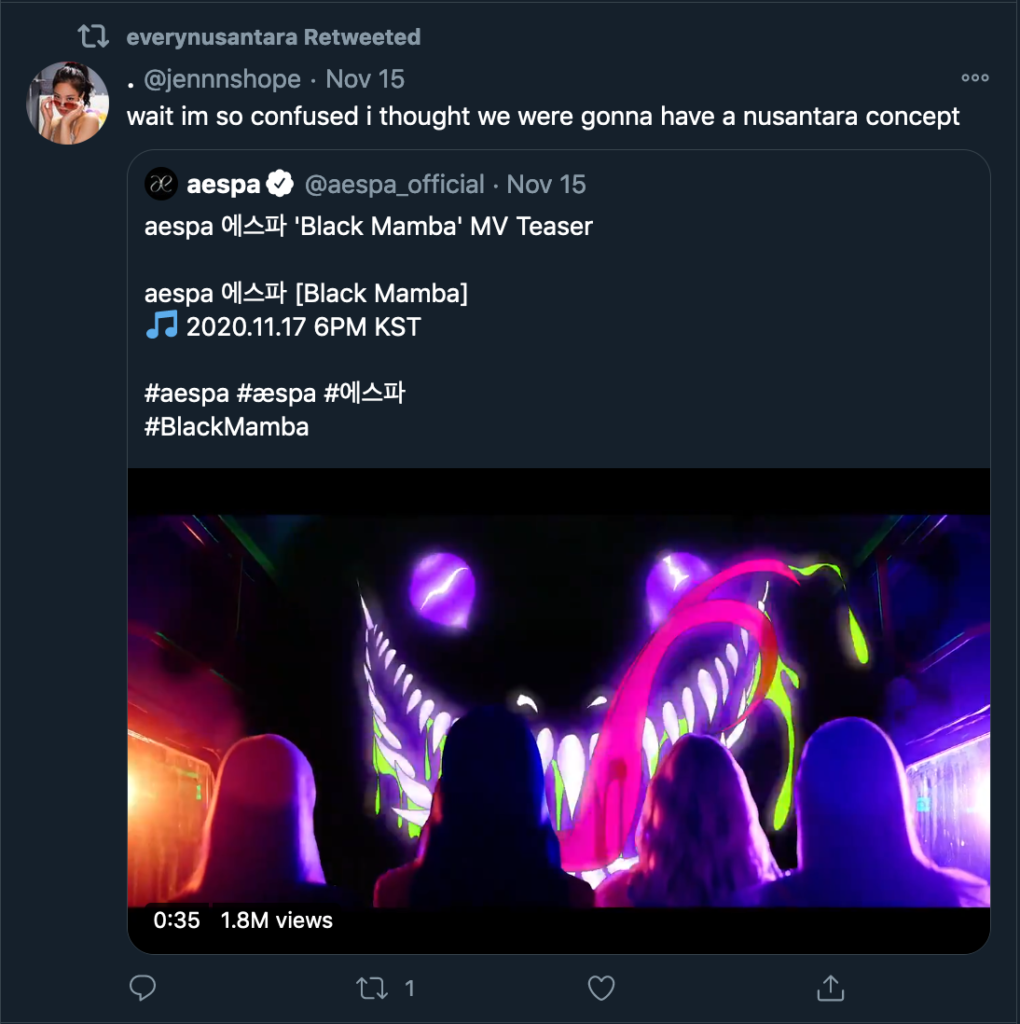
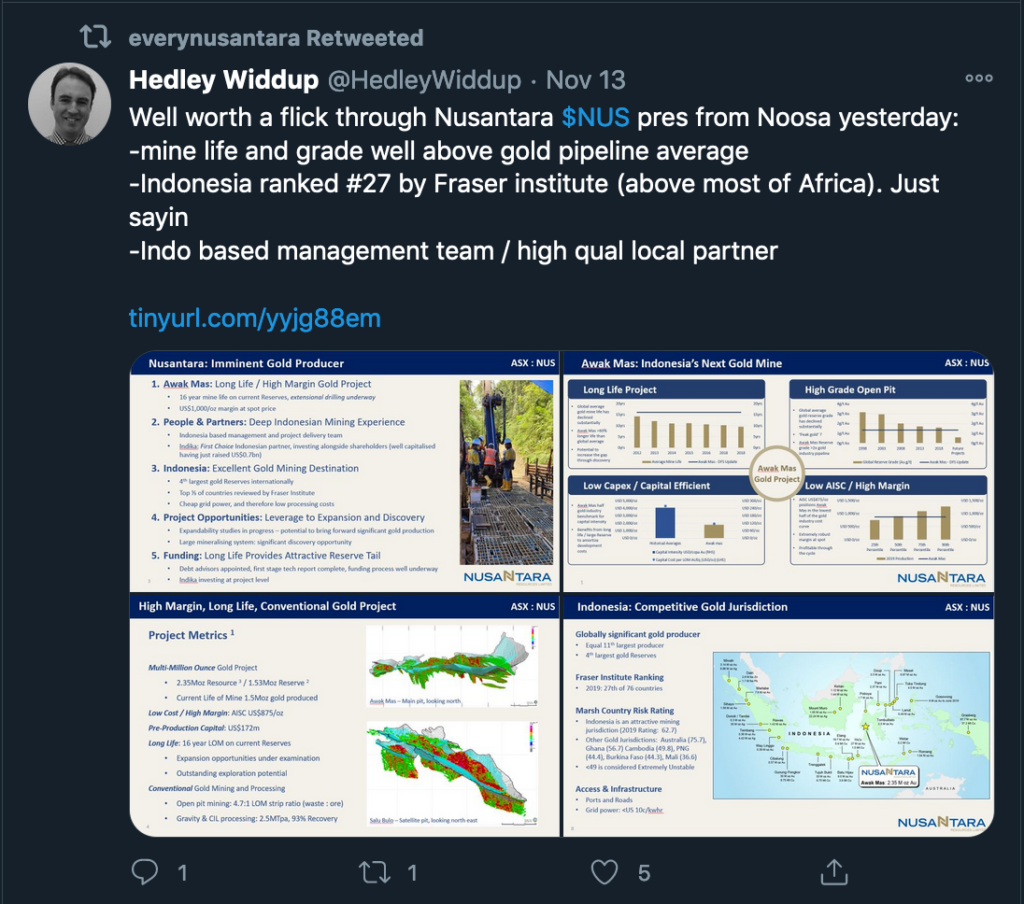
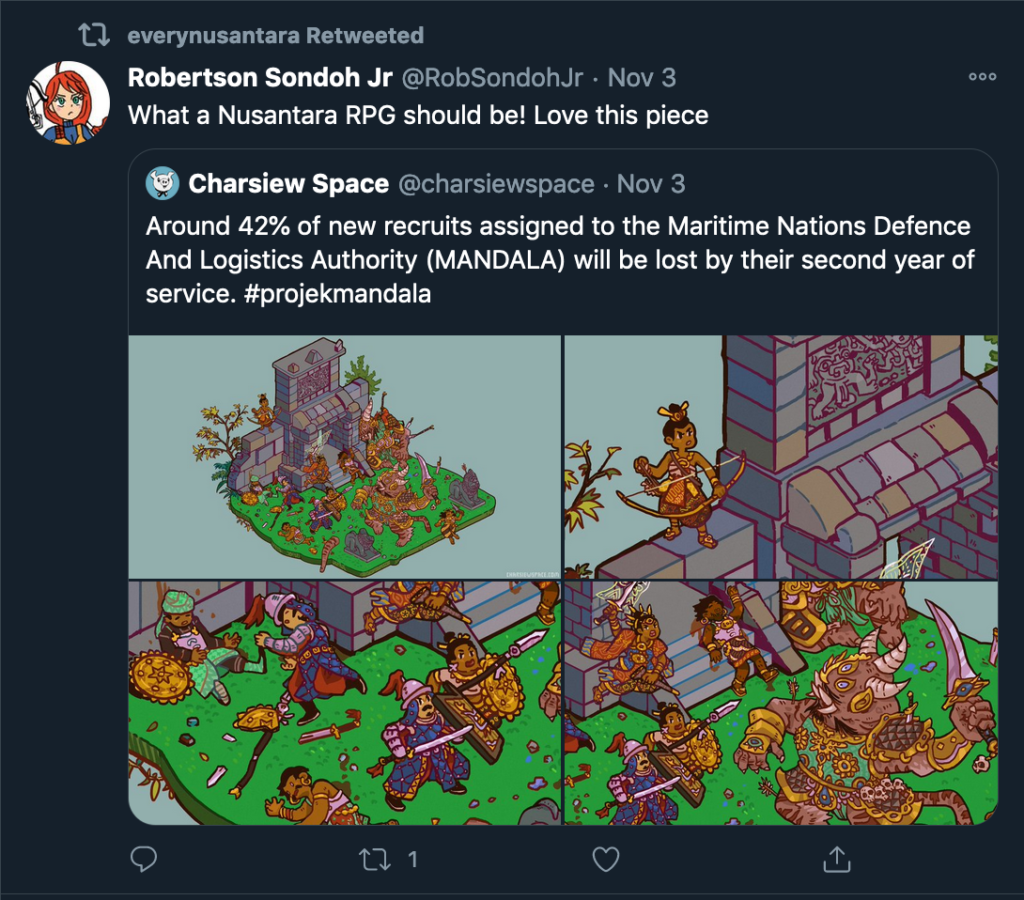
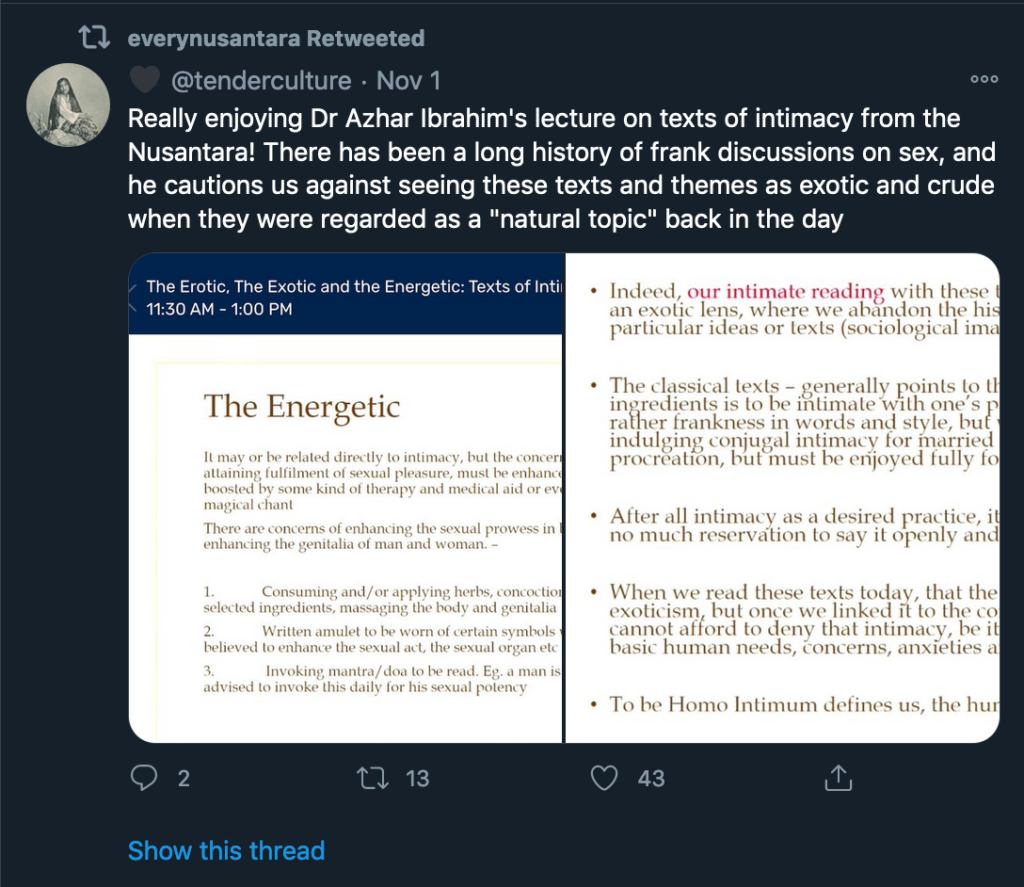
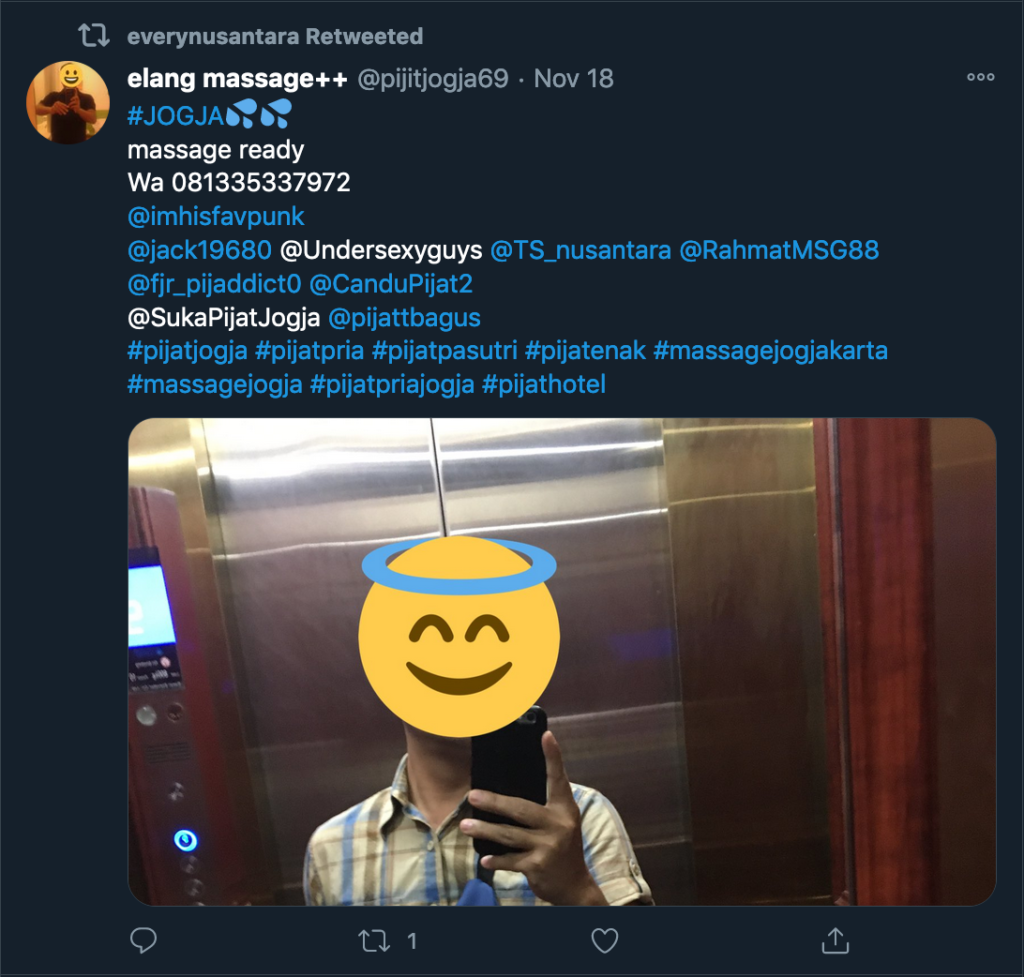
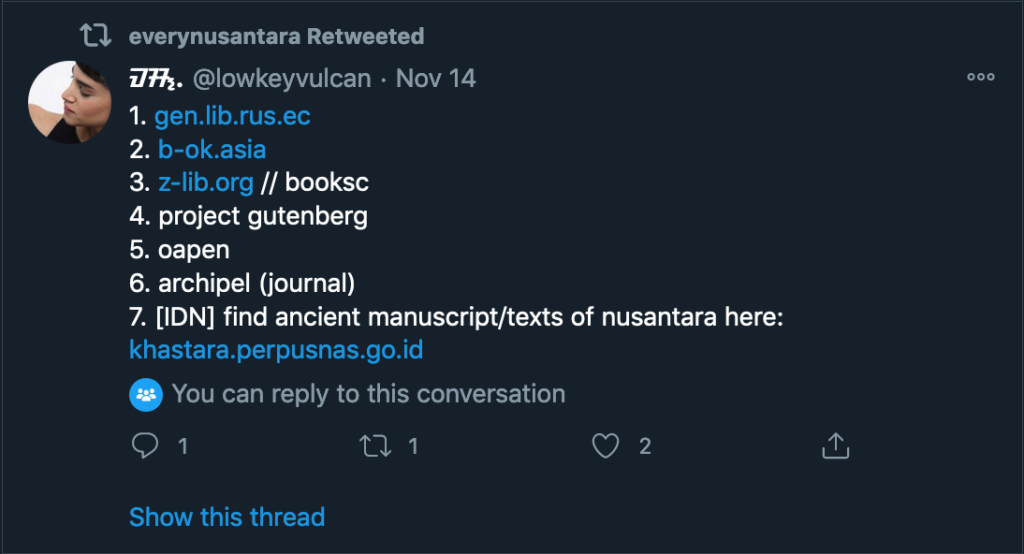
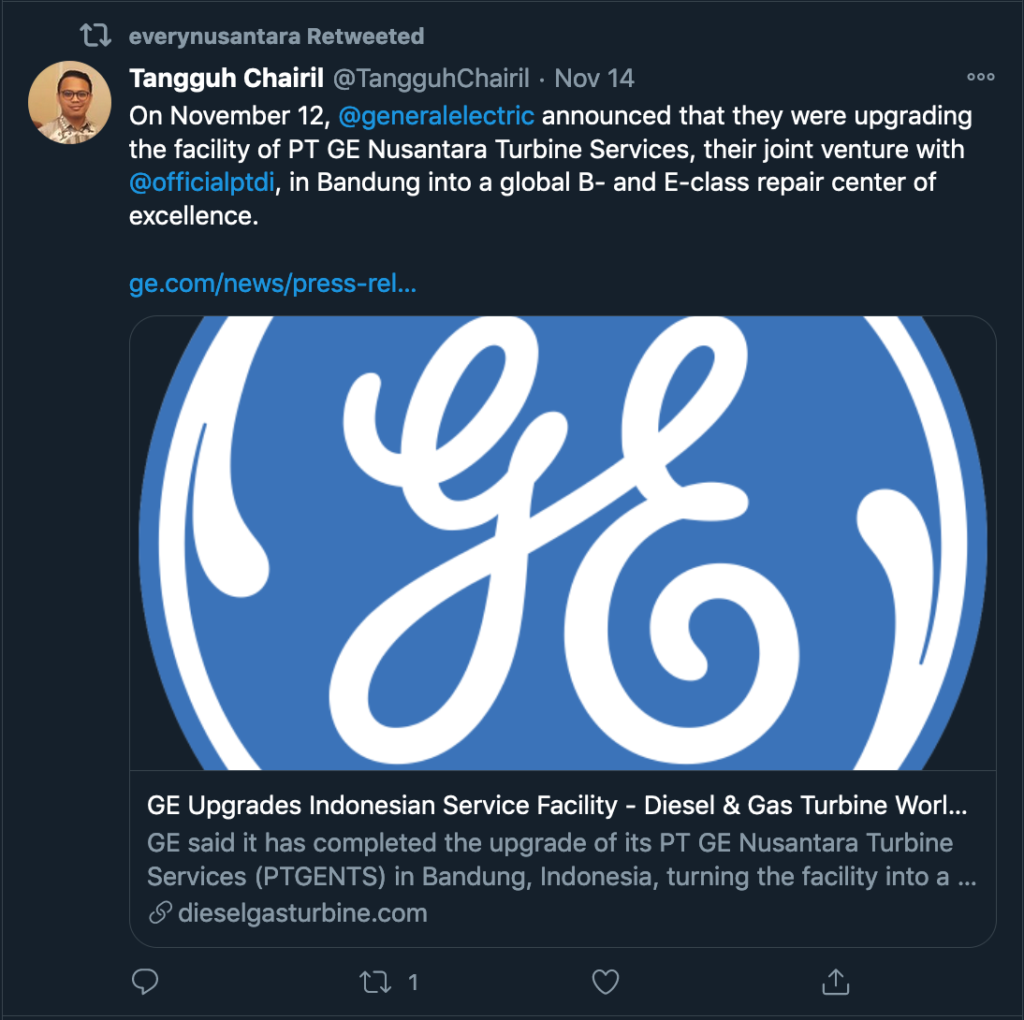
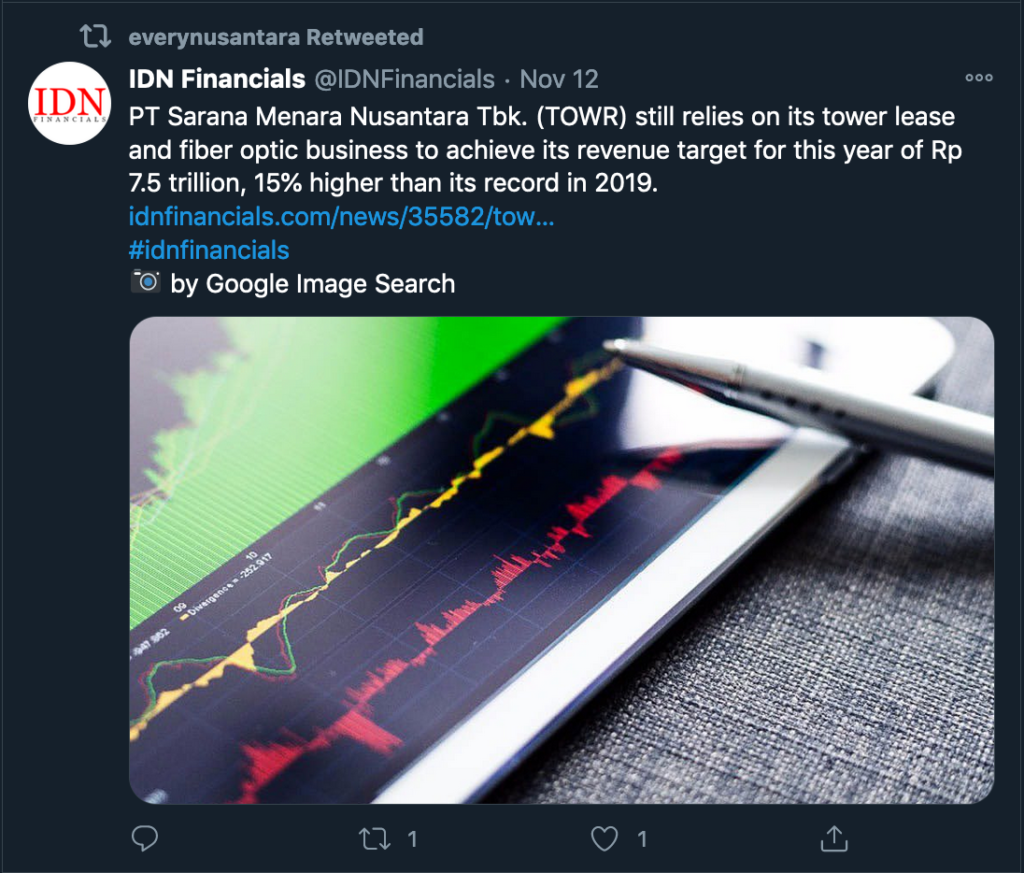
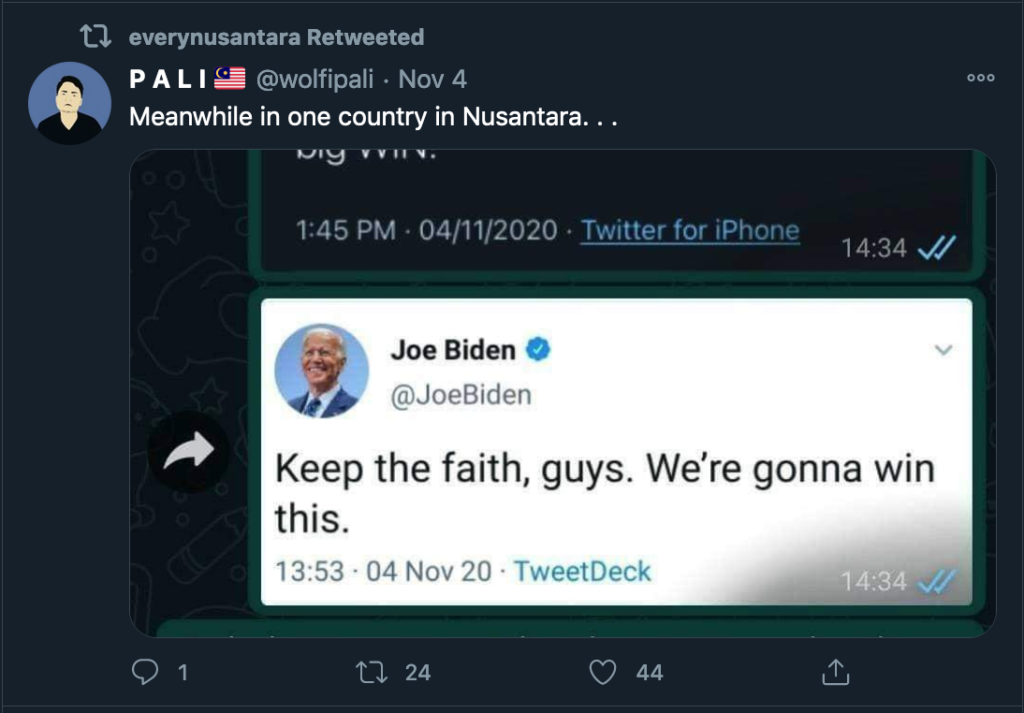
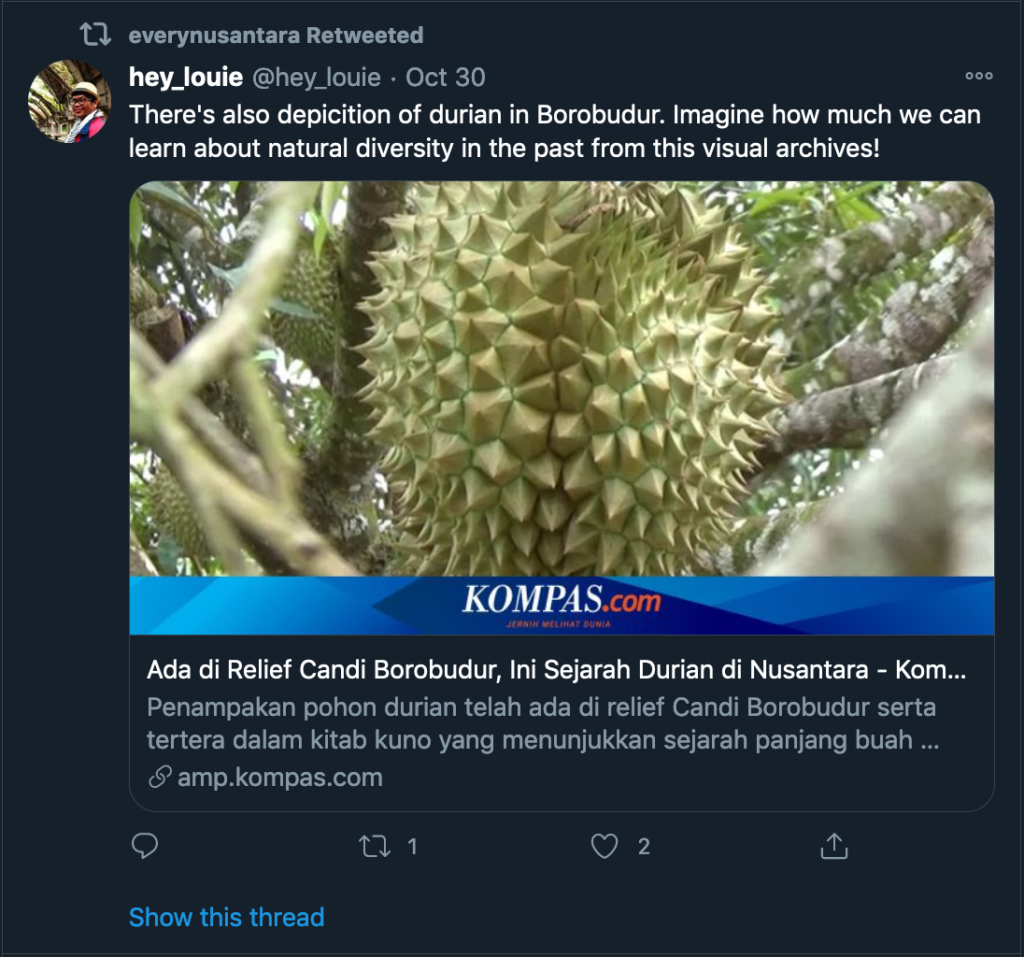
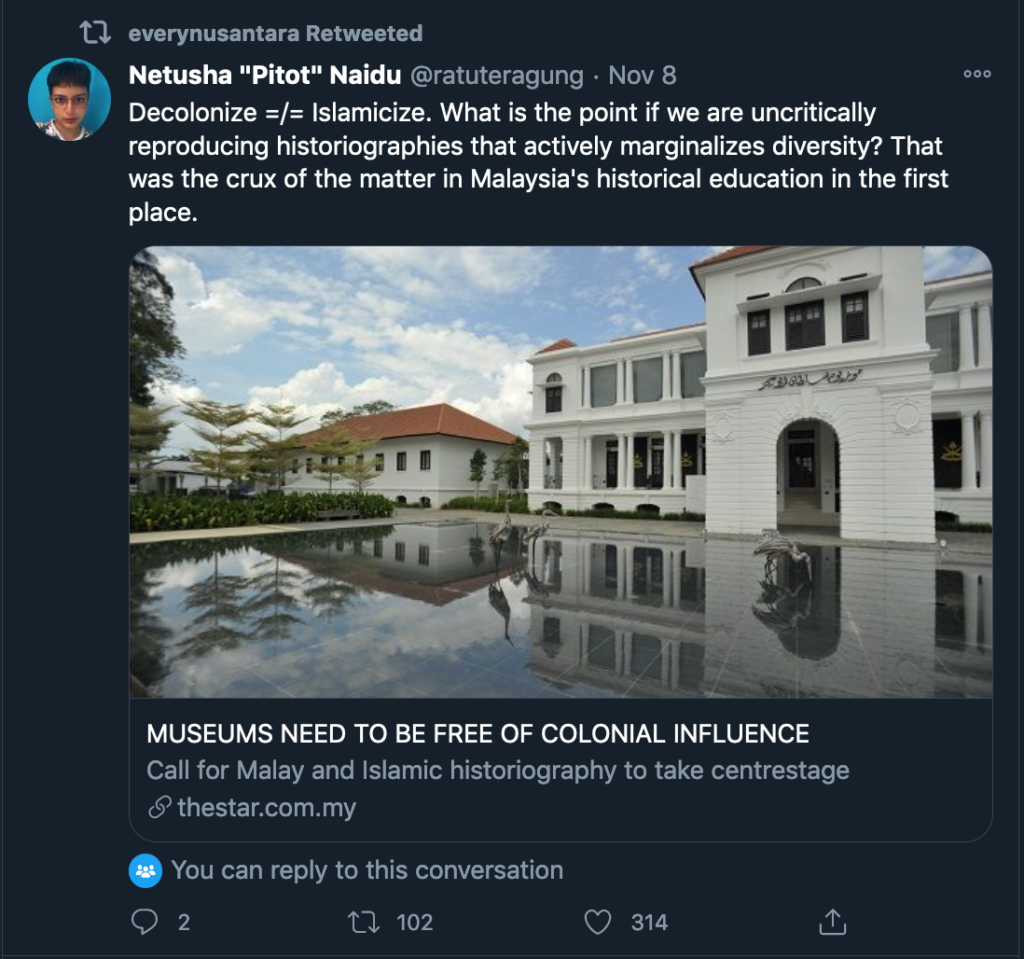
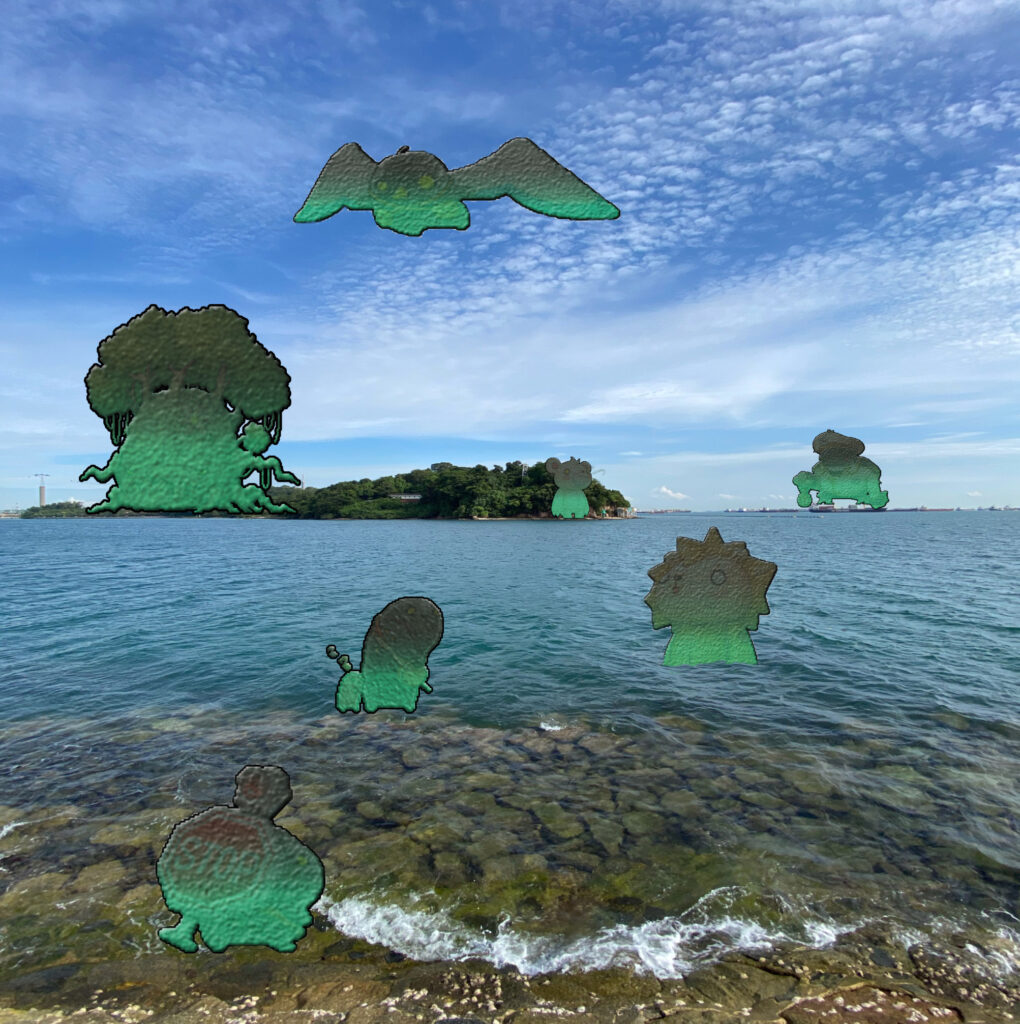
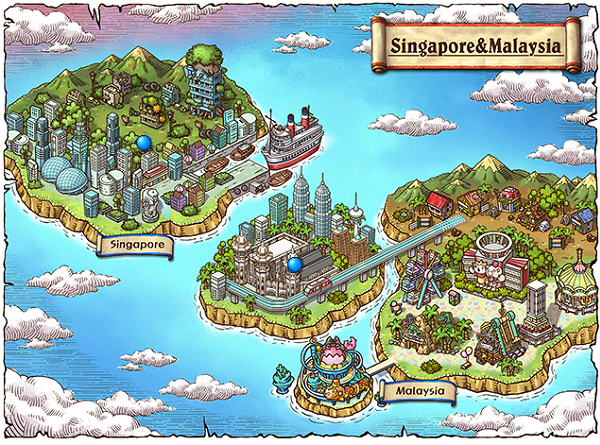
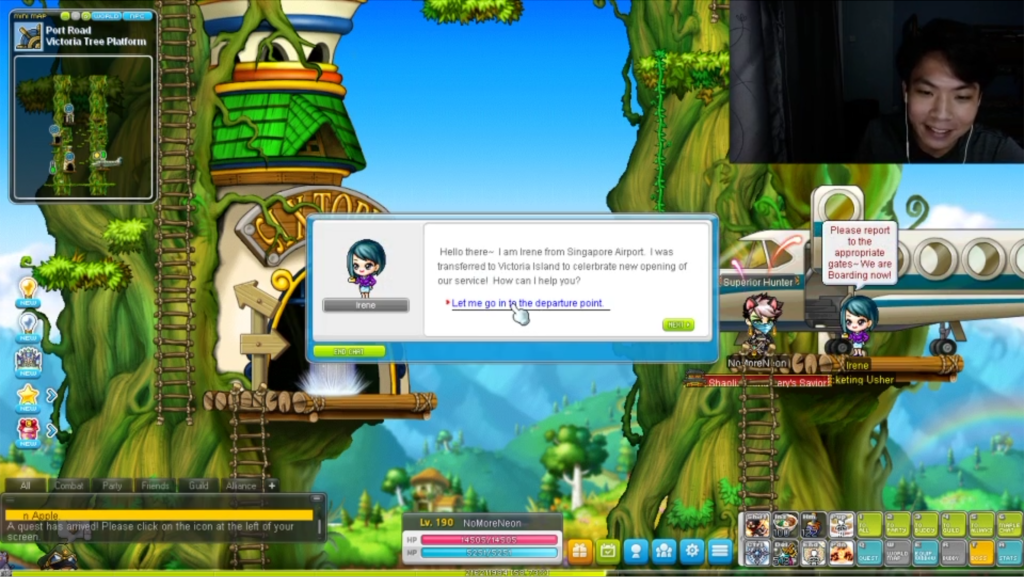
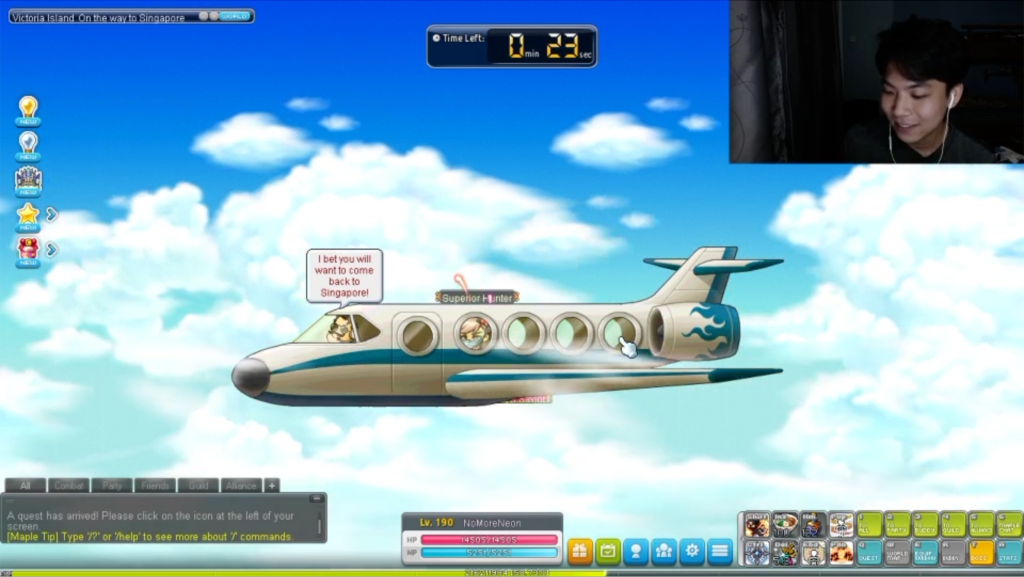
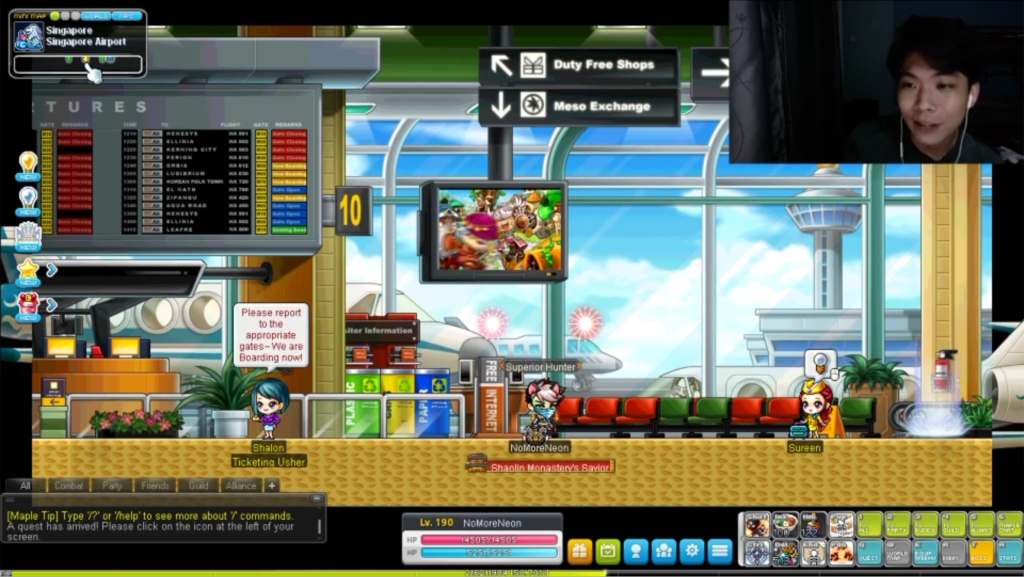
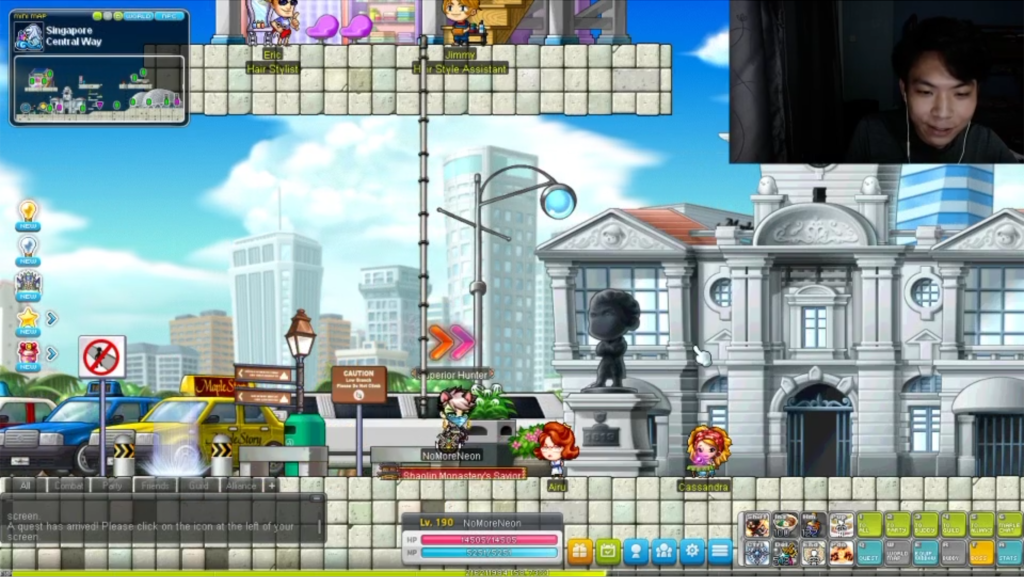

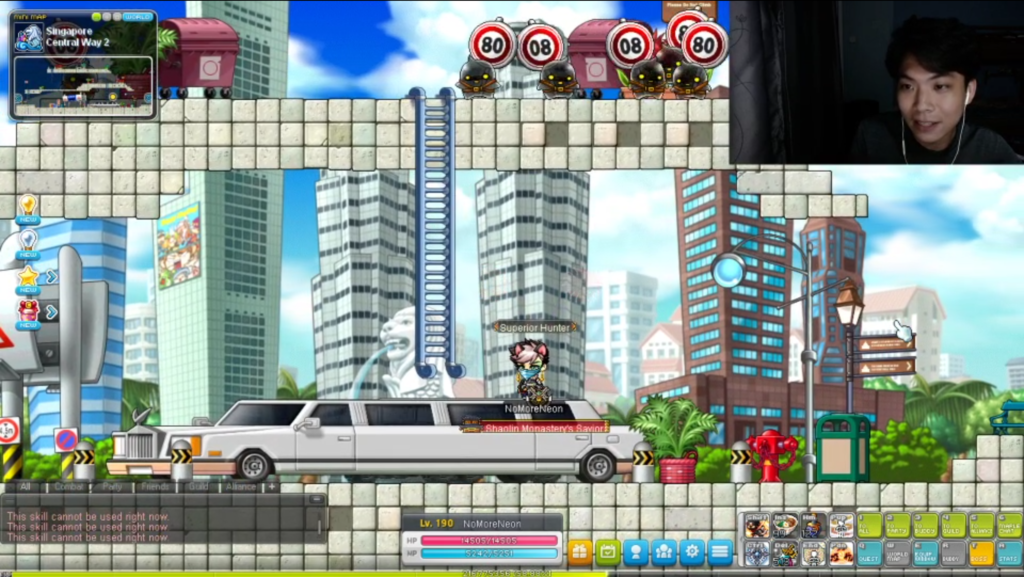
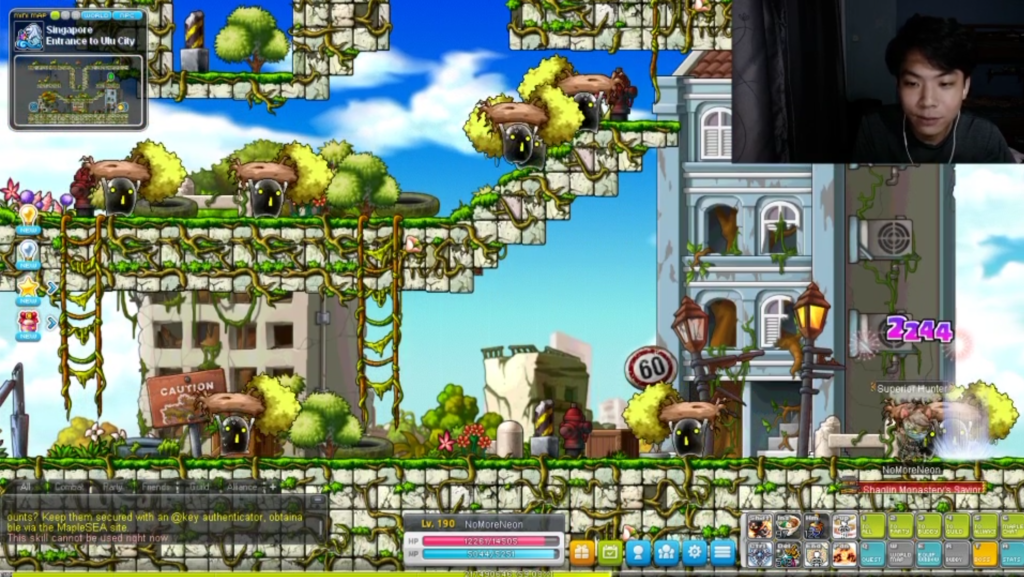
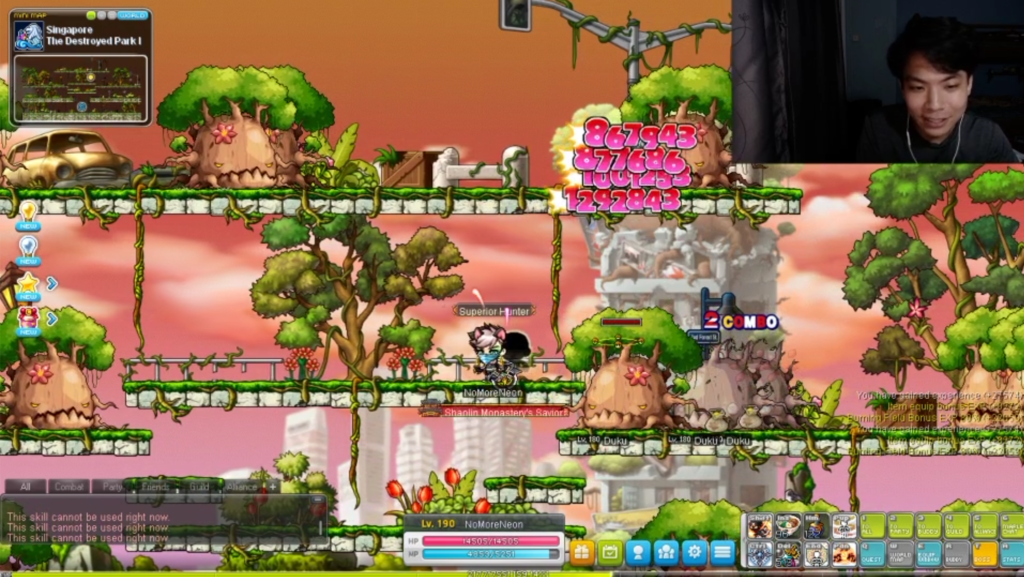
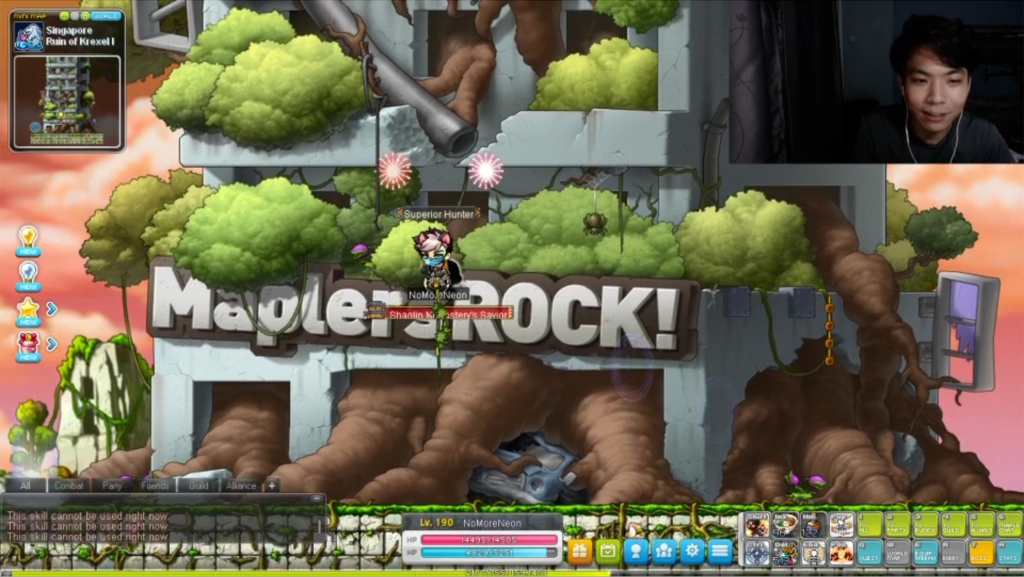
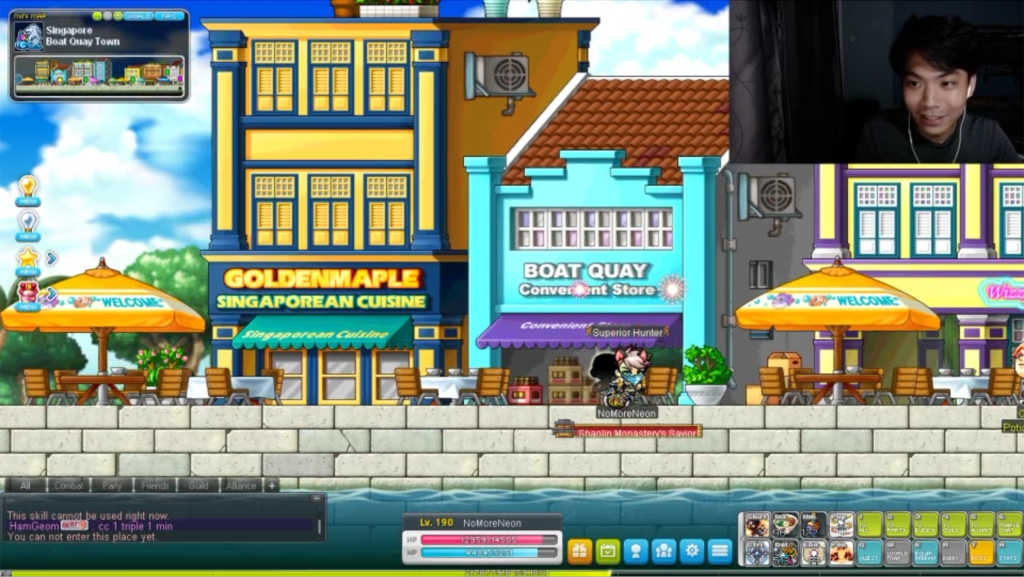
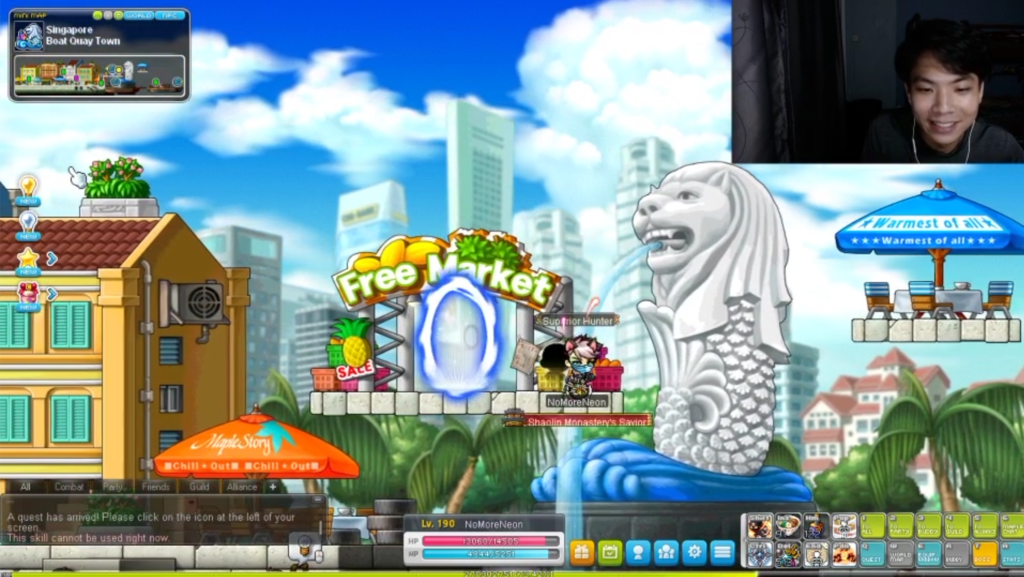
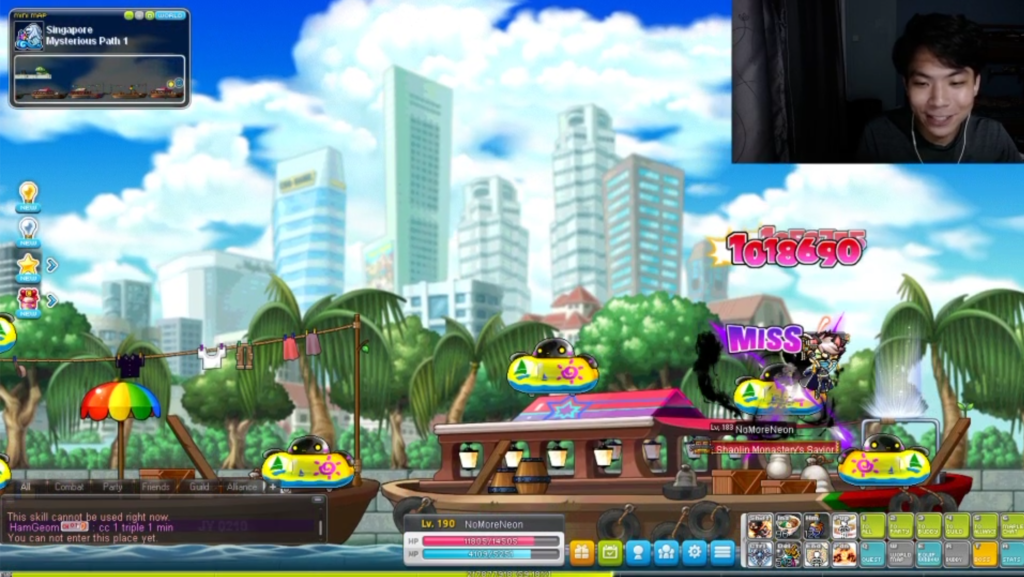
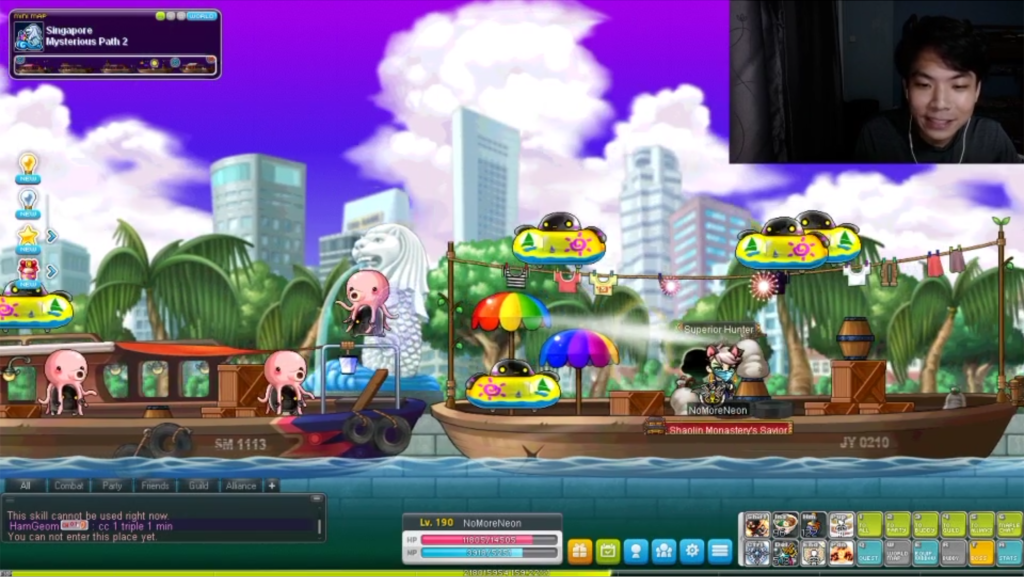

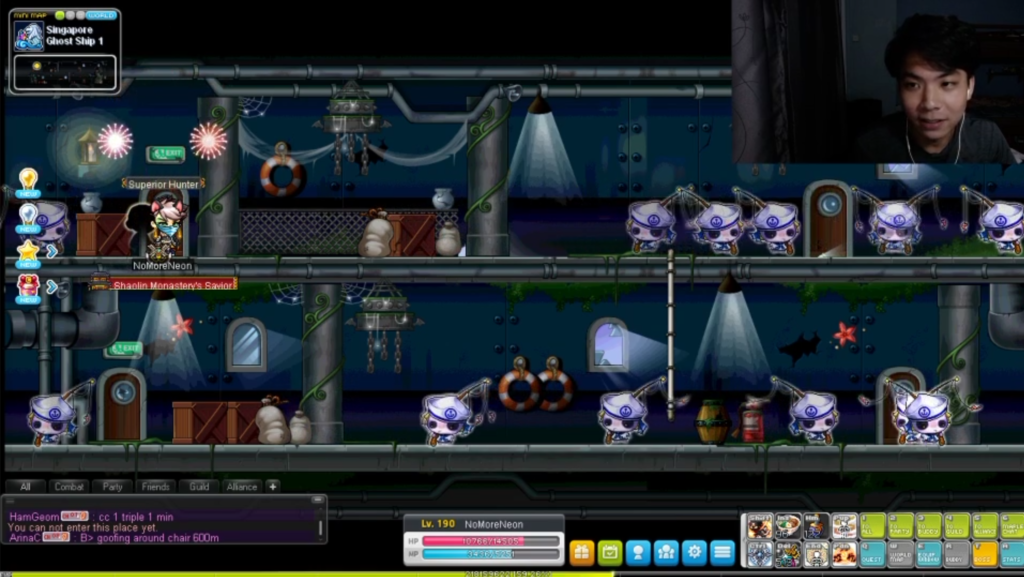
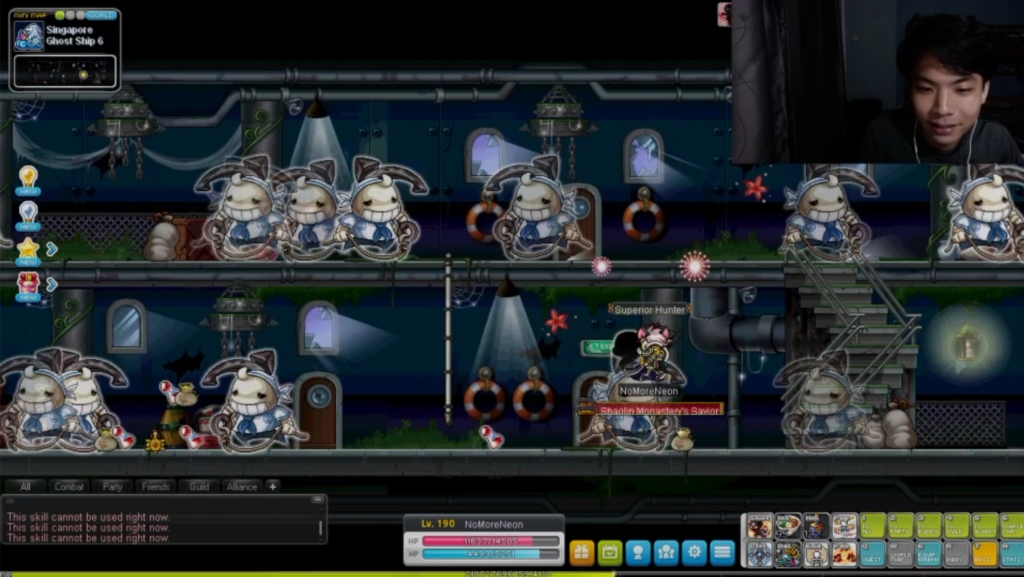
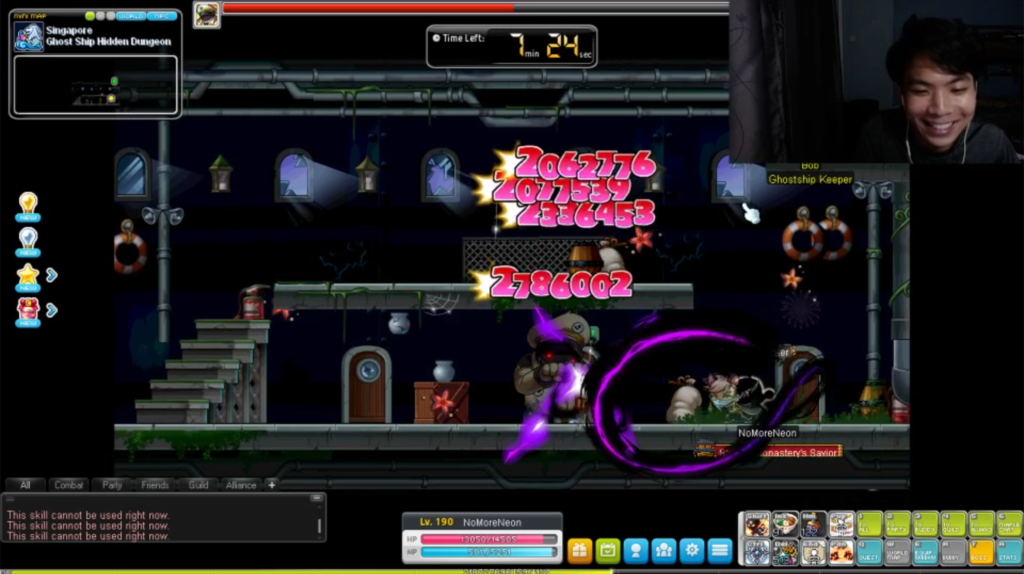
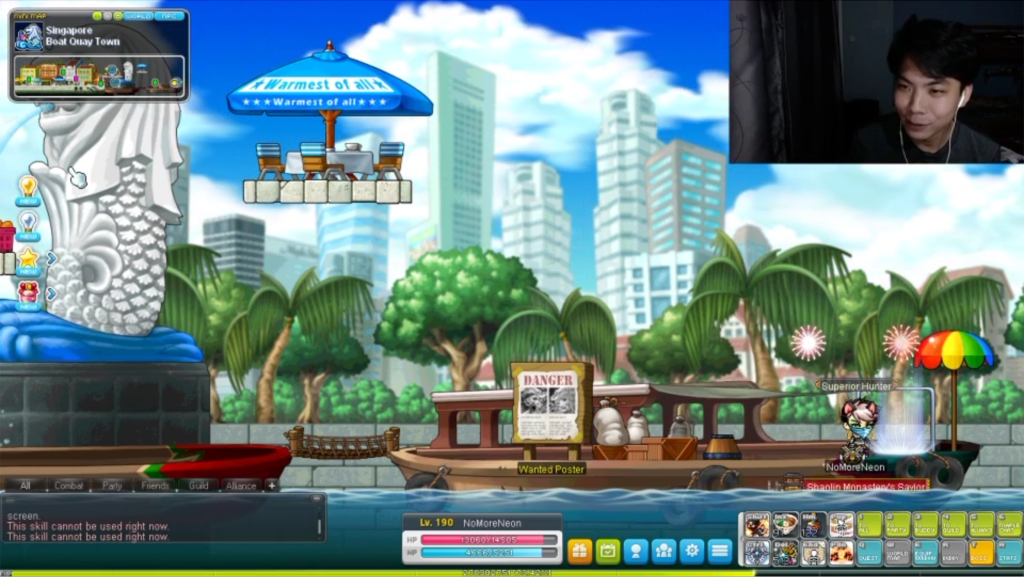
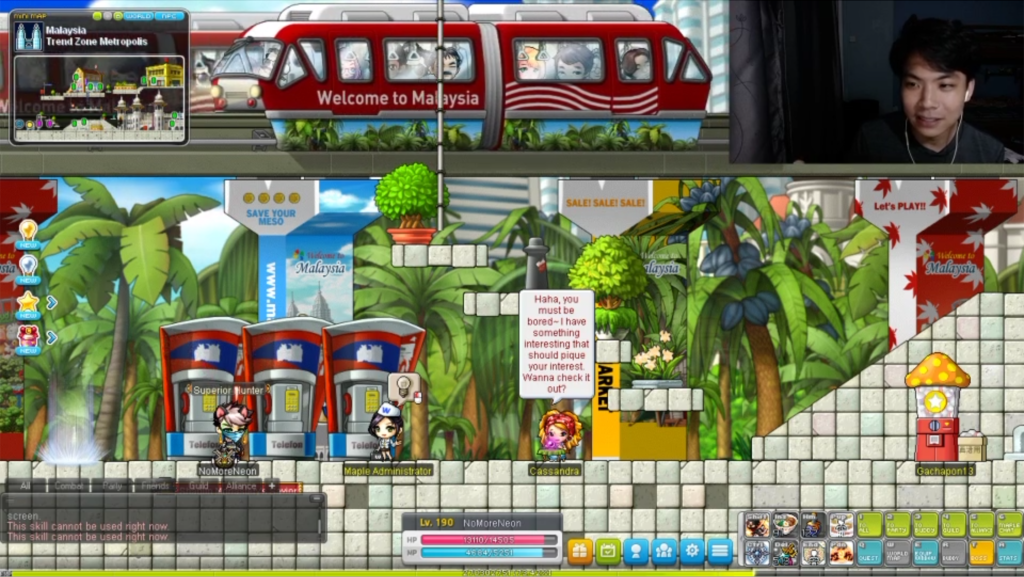
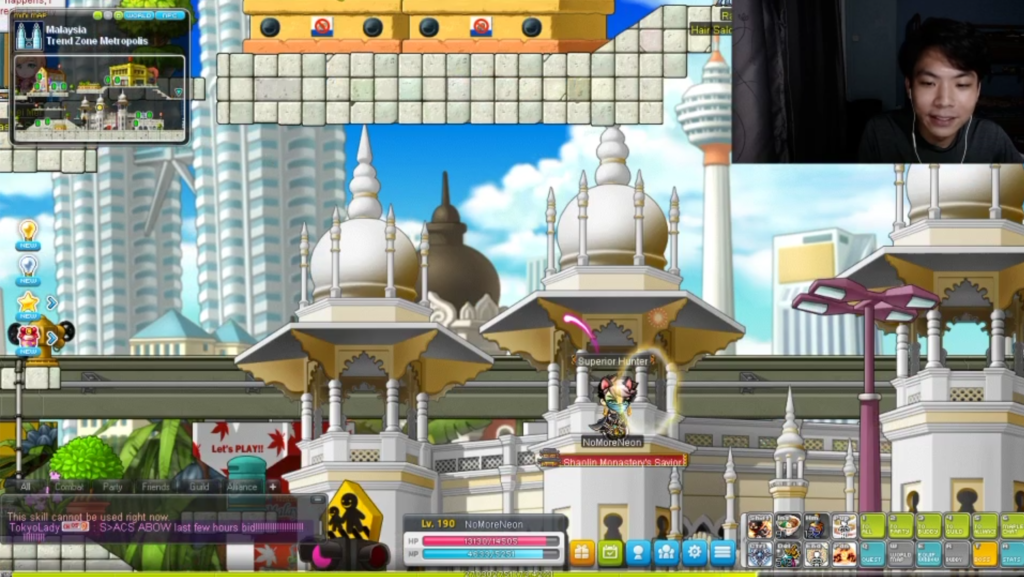
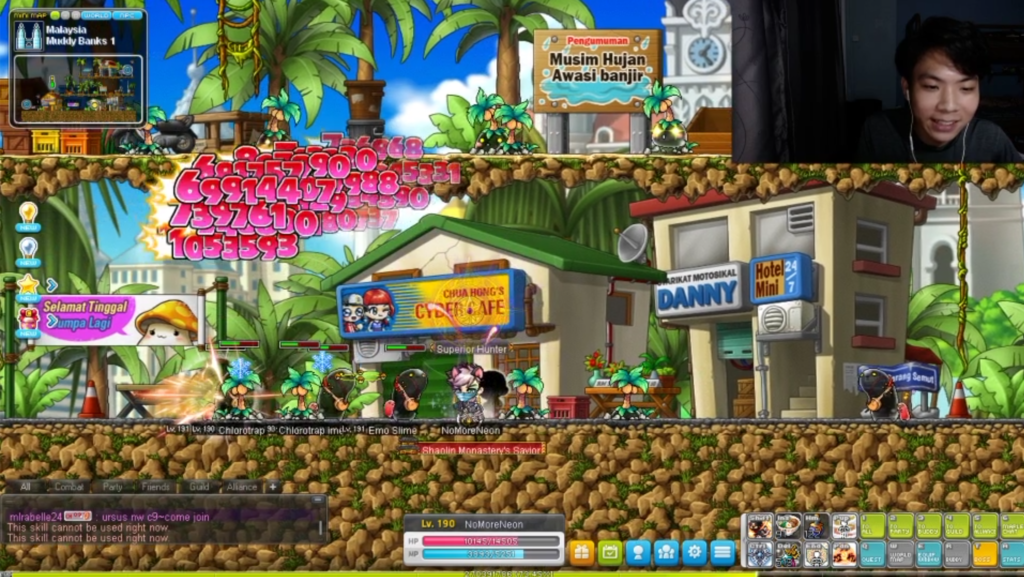
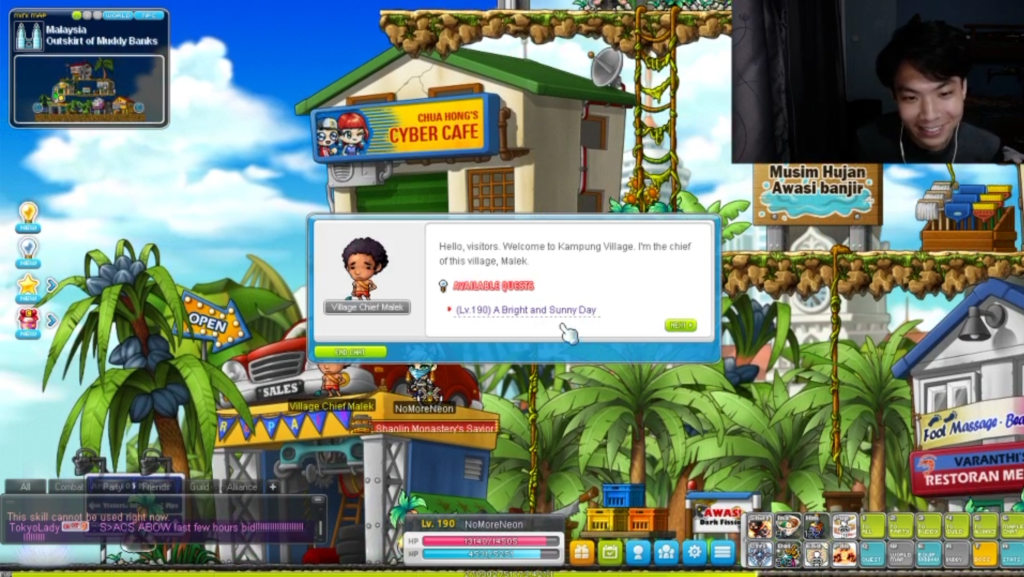

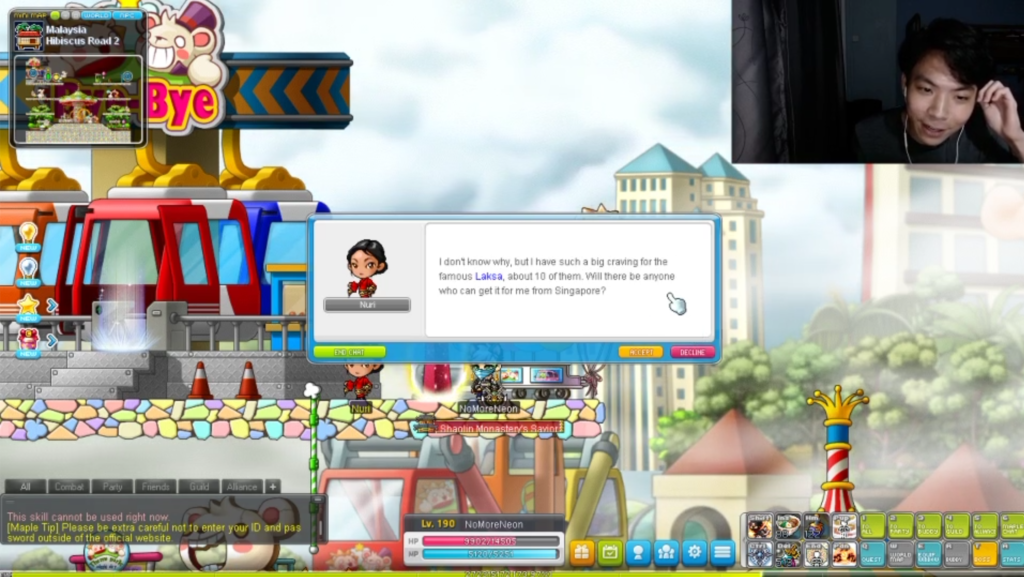
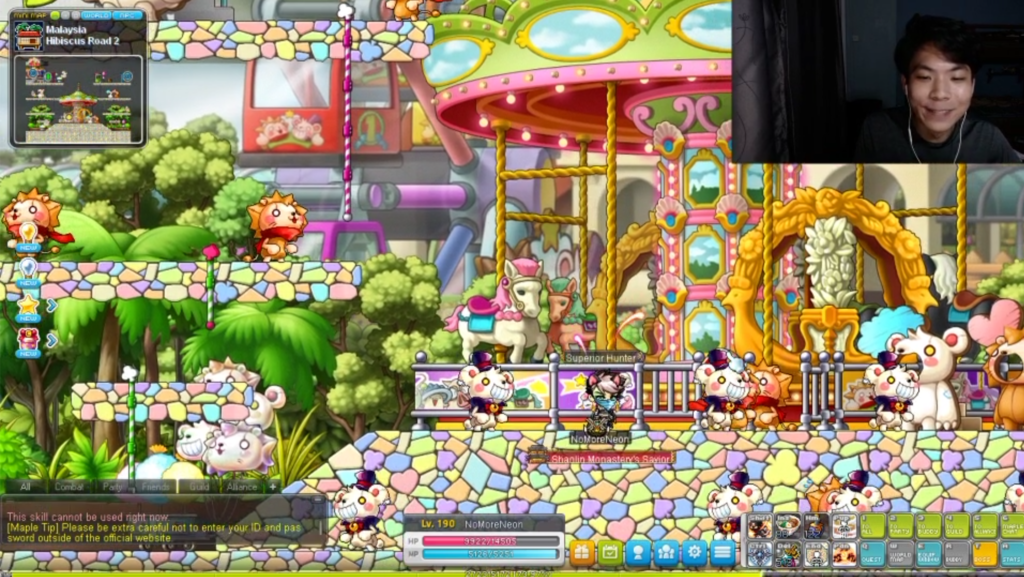
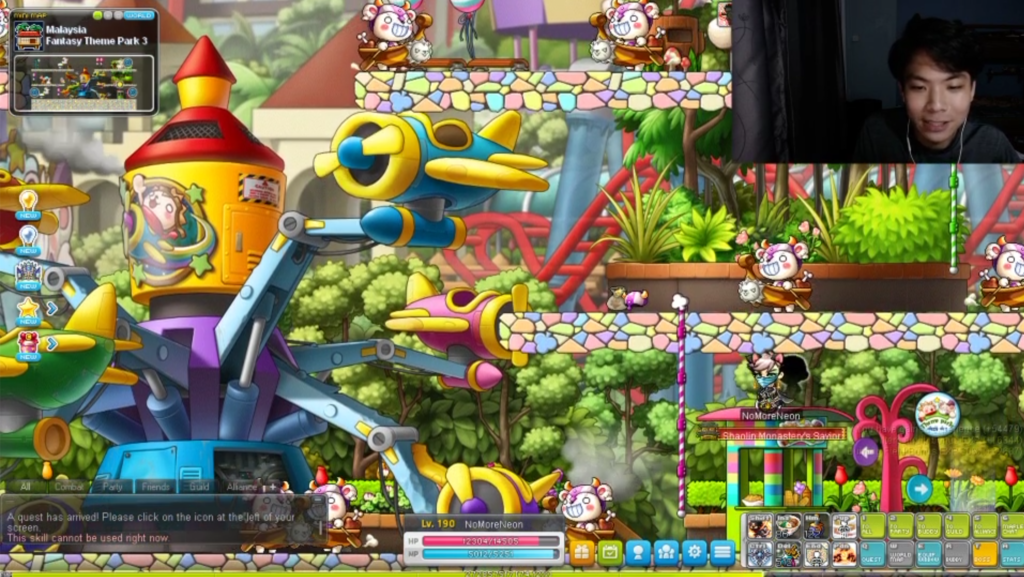
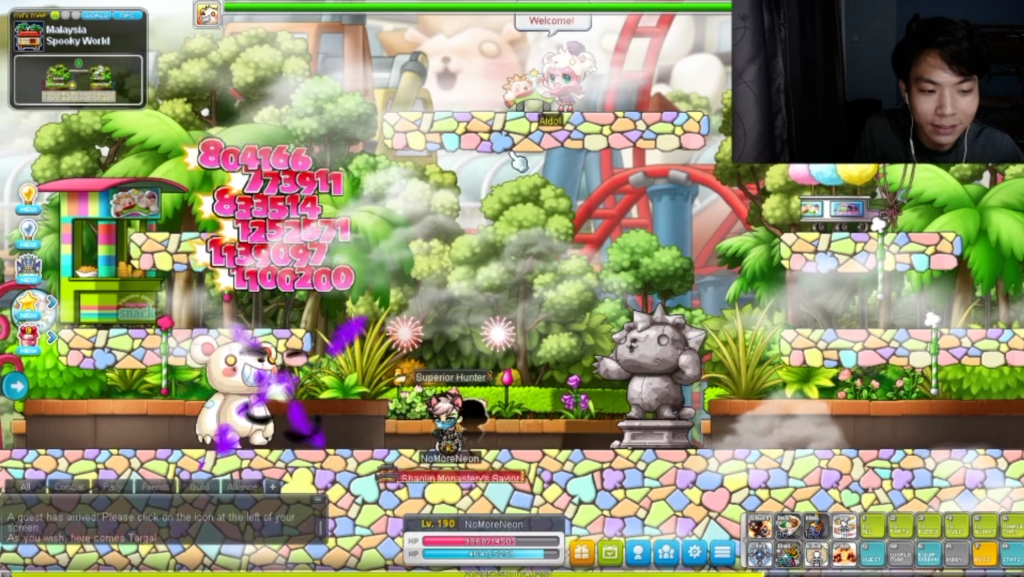
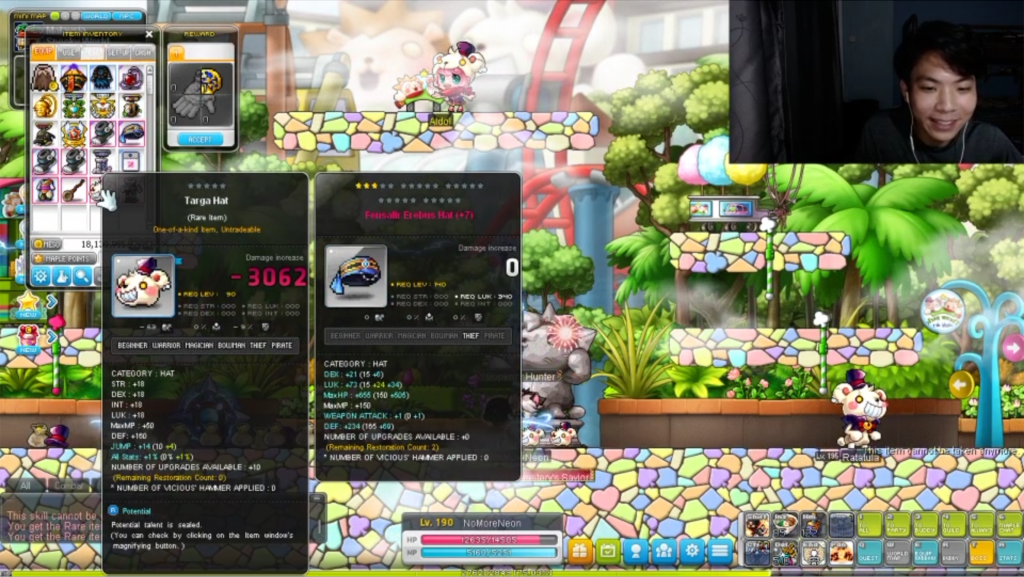
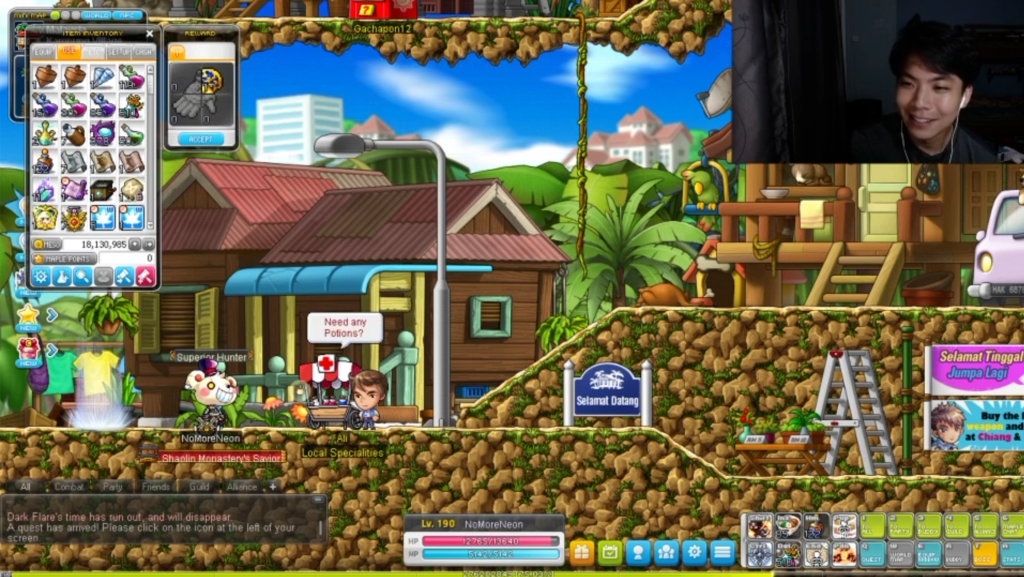

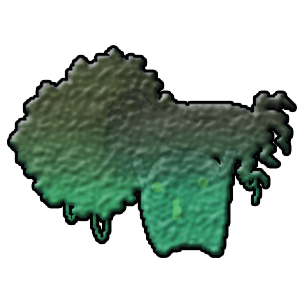
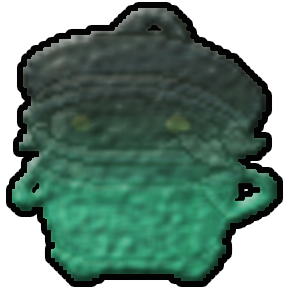
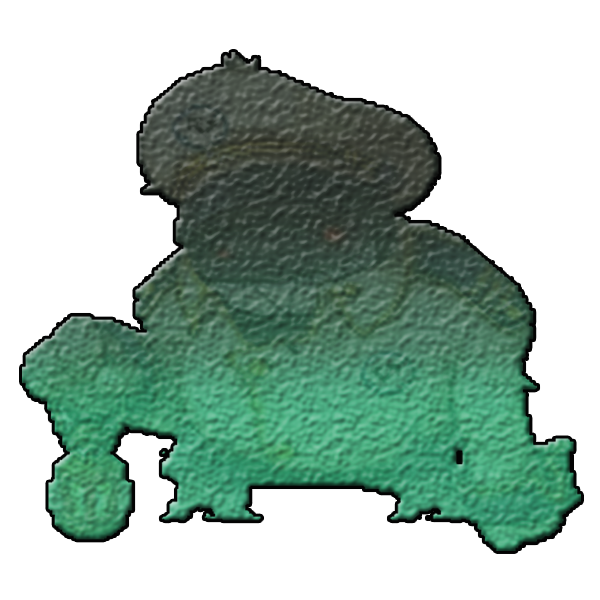
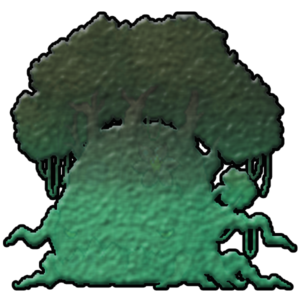
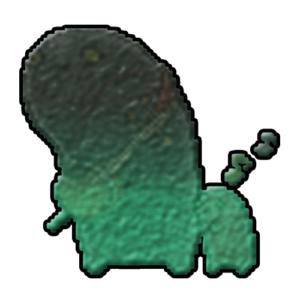
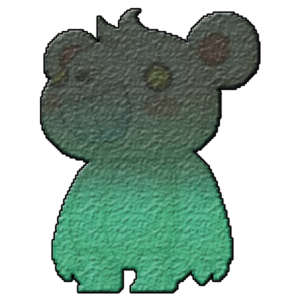
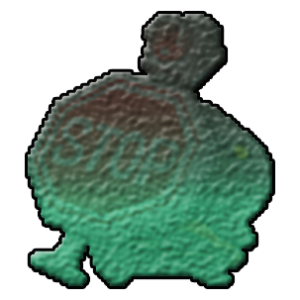
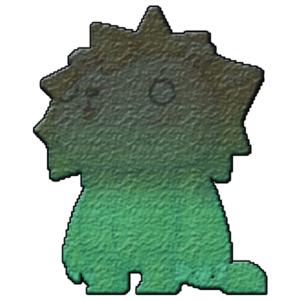
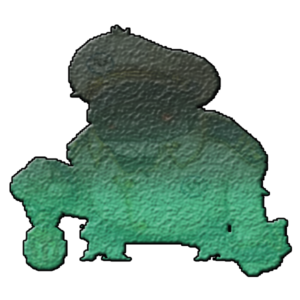
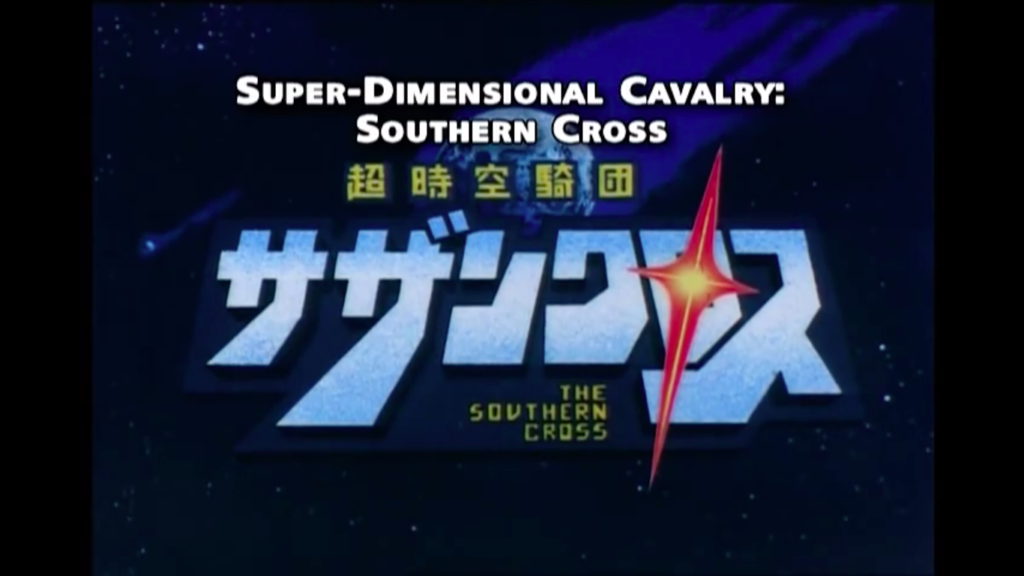
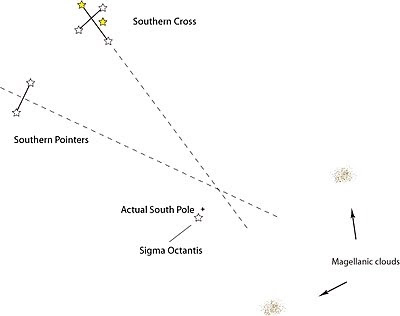
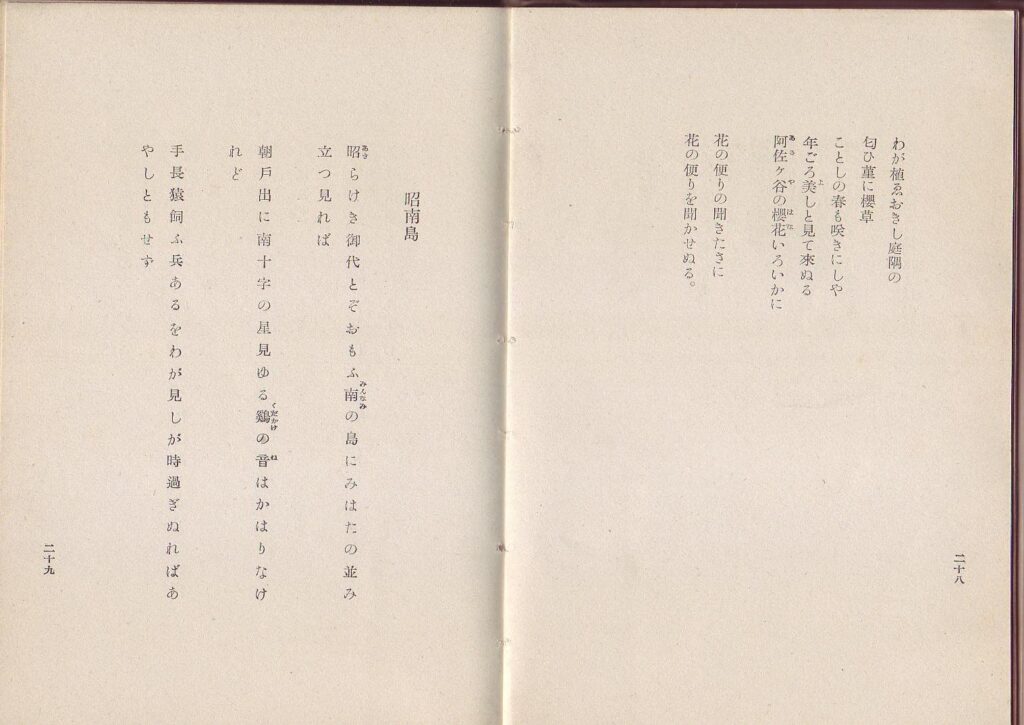
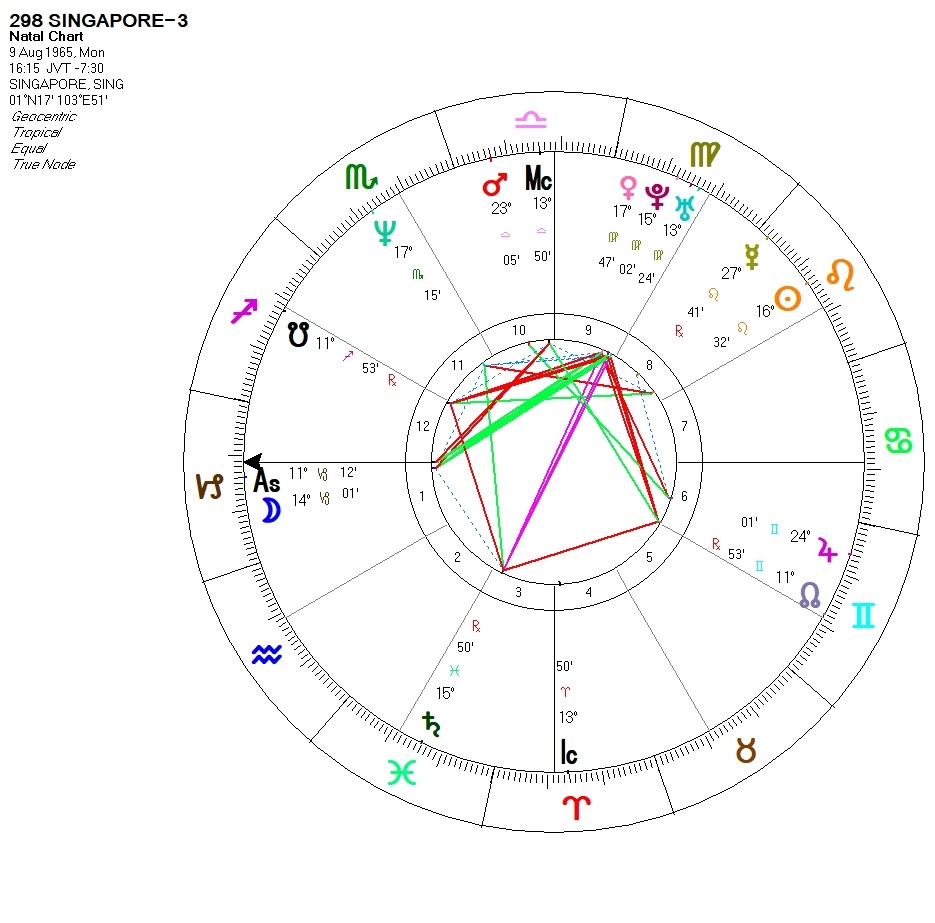
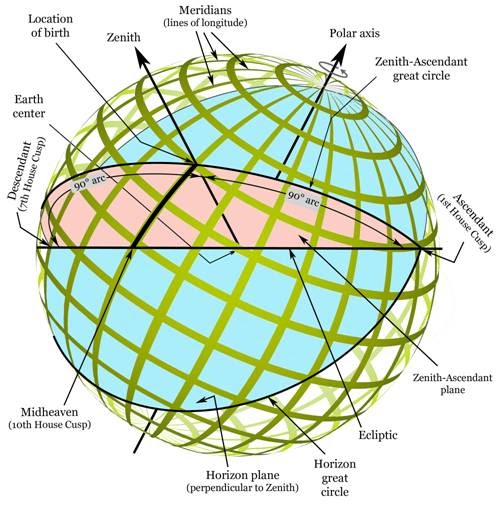
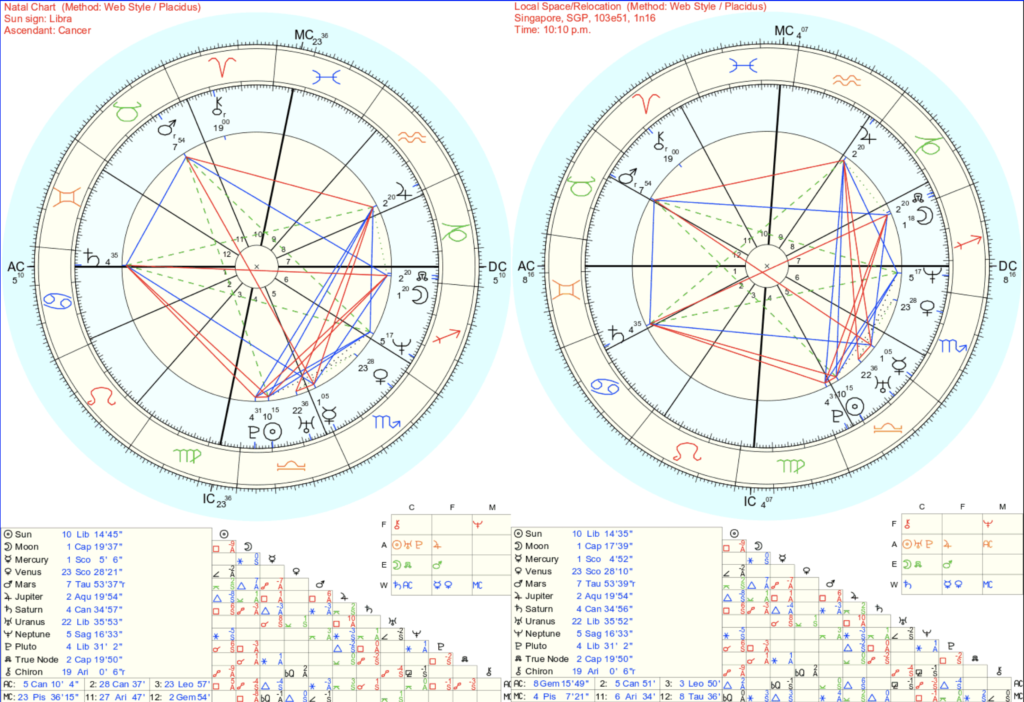
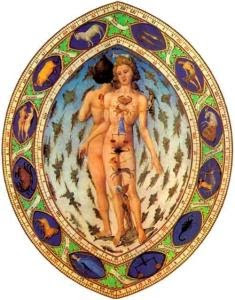
 Among the three perspectives of reading a chart – the planet, the house, the aspect, the cardinal directions have already been embedded in the houses of the given client, since Ascendant (the 1st house) means ascending on the eastern horizon and Descendant (7th house) means descending western horizon. Likewise, MC (Medium Coeli or Zenith) is the cusp of the 10th house representing your highest aspiration, IC (Nadir) is the opposite cusp of the 4th house which always pointed to the opposite position of your MC on the earth. (fig 2).
Among the three perspectives of reading a chart – the planet, the house, the aspect, the cardinal directions have already been embedded in the houses of the given client, since Ascendant (the 1st house) means ascending on the eastern horizon and Descendant (7th house) means descending western horizon. Likewise, MC (Medium Coeli or Zenith) is the cusp of the 10th house representing your highest aspiration, IC (Nadir) is the opposite cusp of the 4th house which always pointed to the opposite position of your MC on the earth. (fig 2).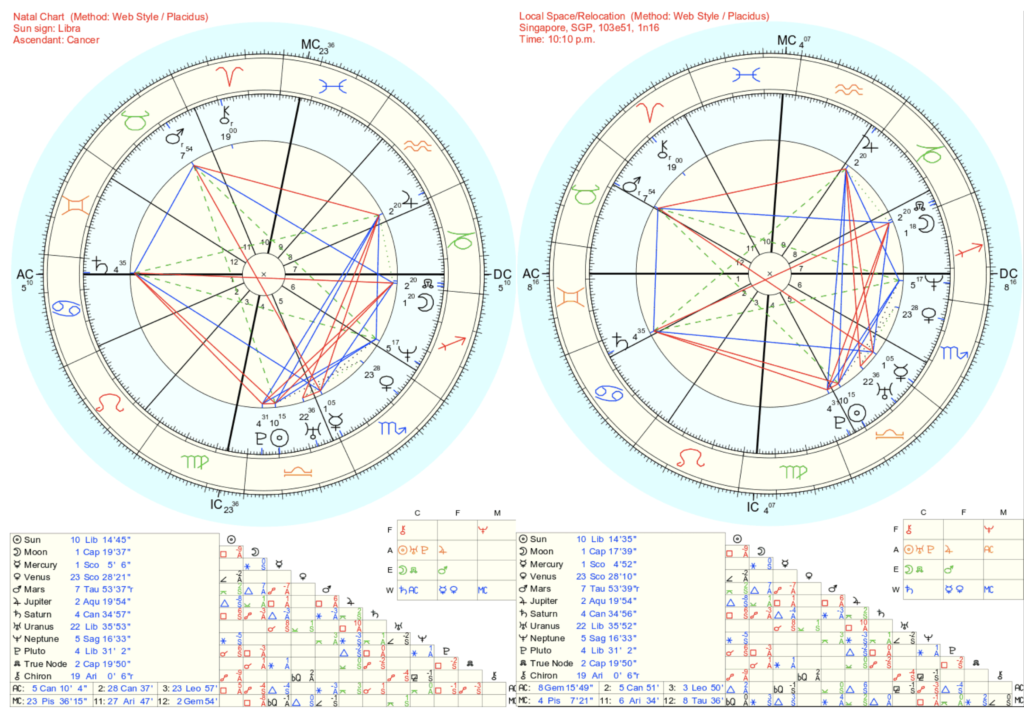
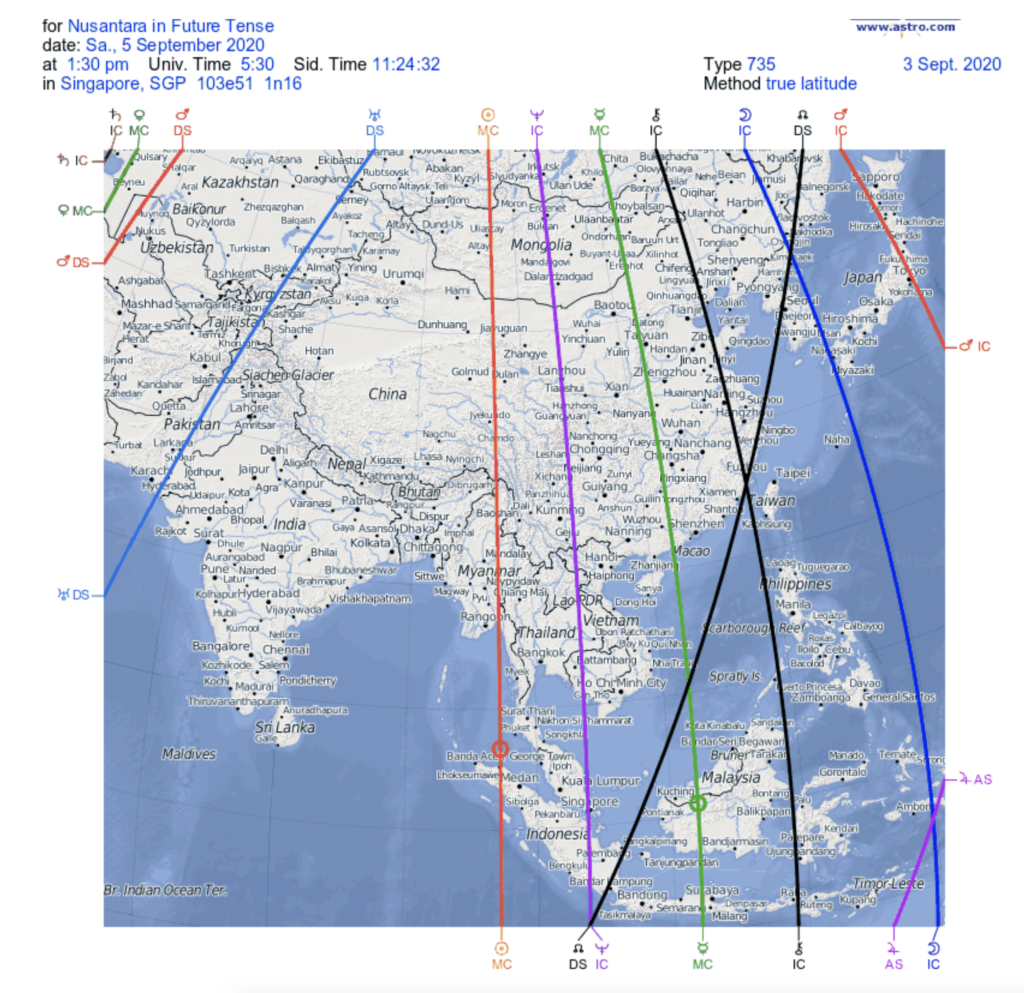 (astro map on 5 September at 13:30pm)
(astro map on 5 September at 13:30pm)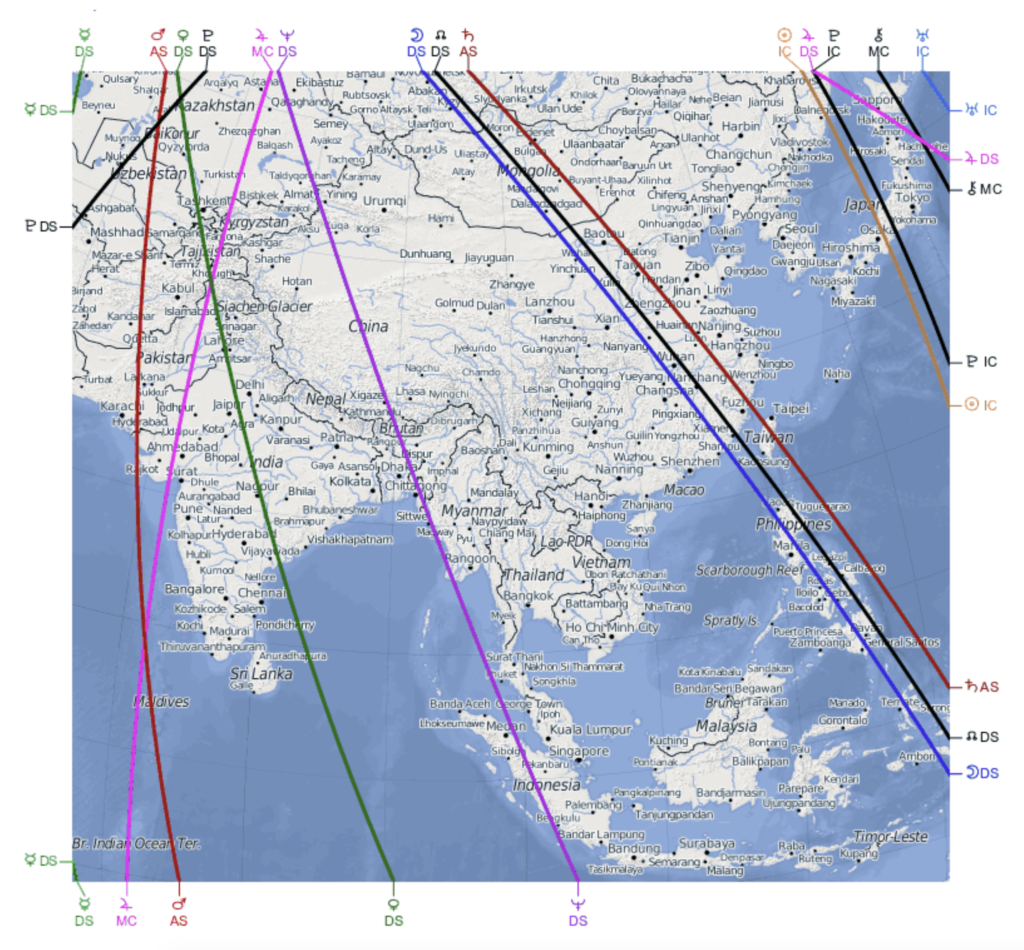
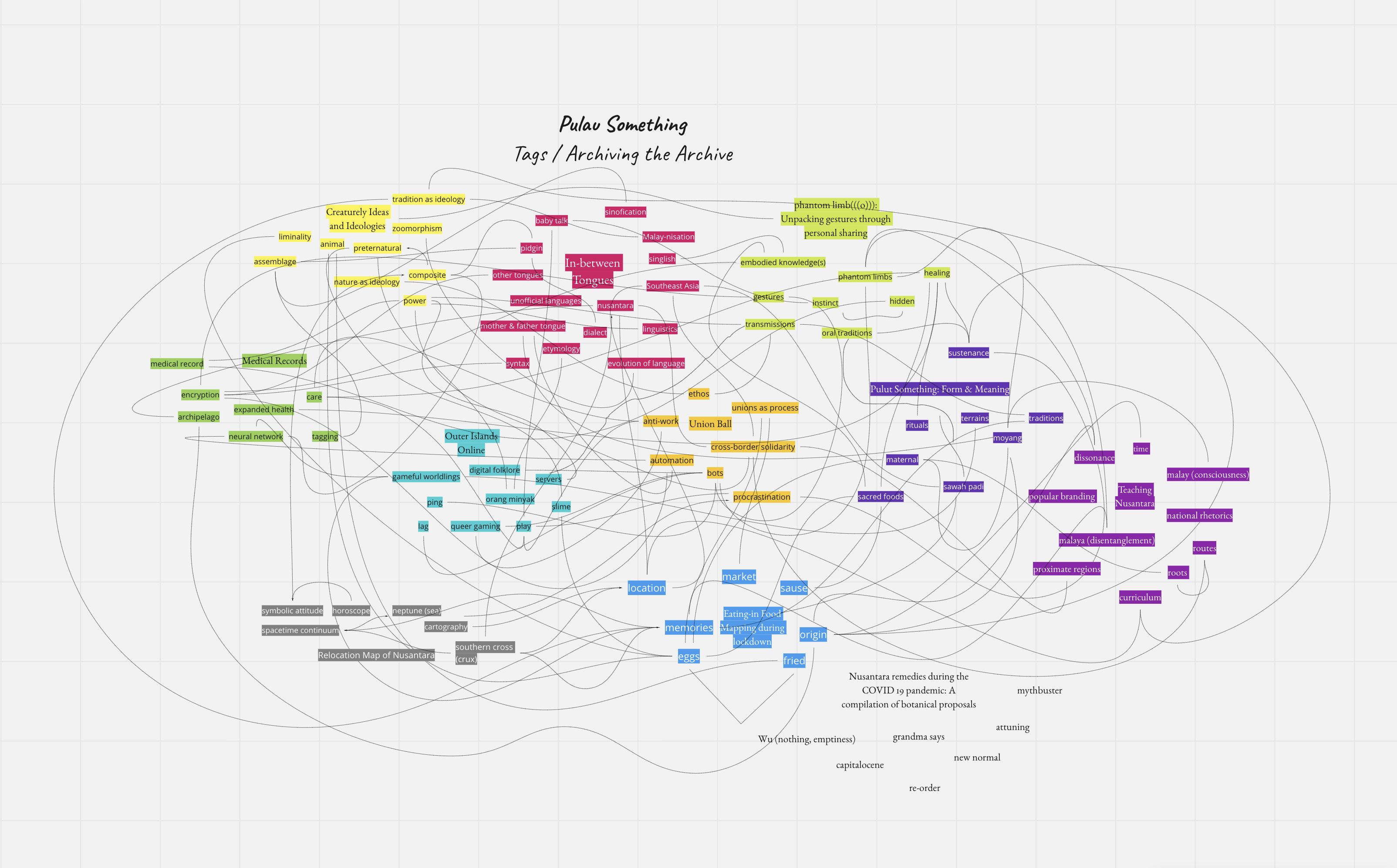
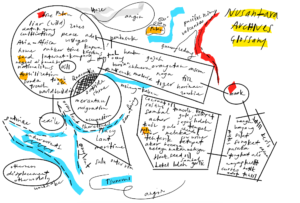
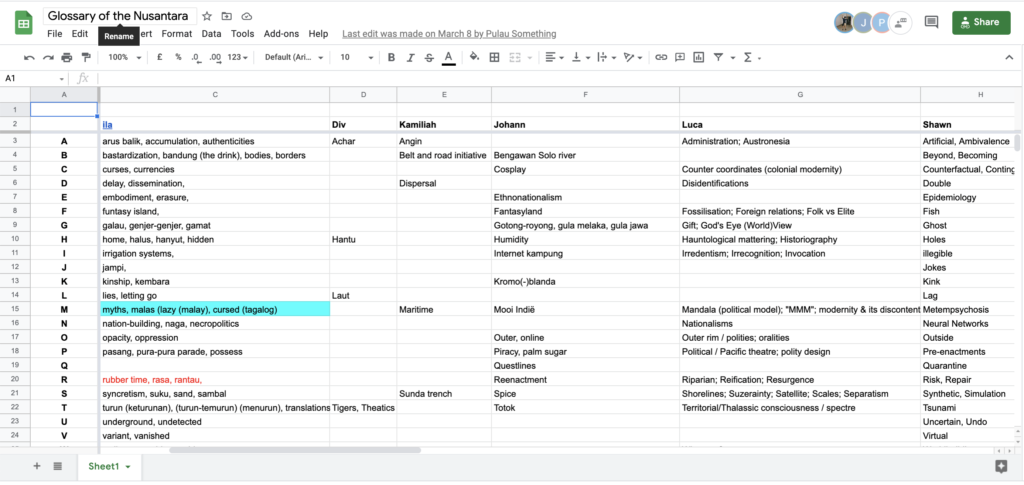
.svg)
.svg)


